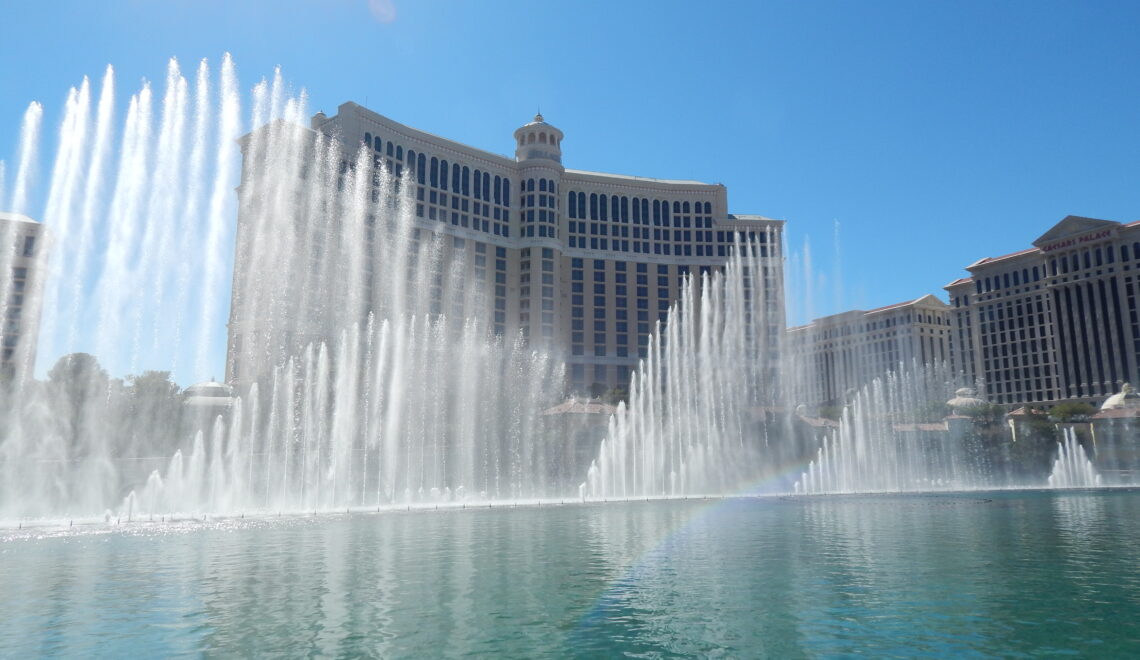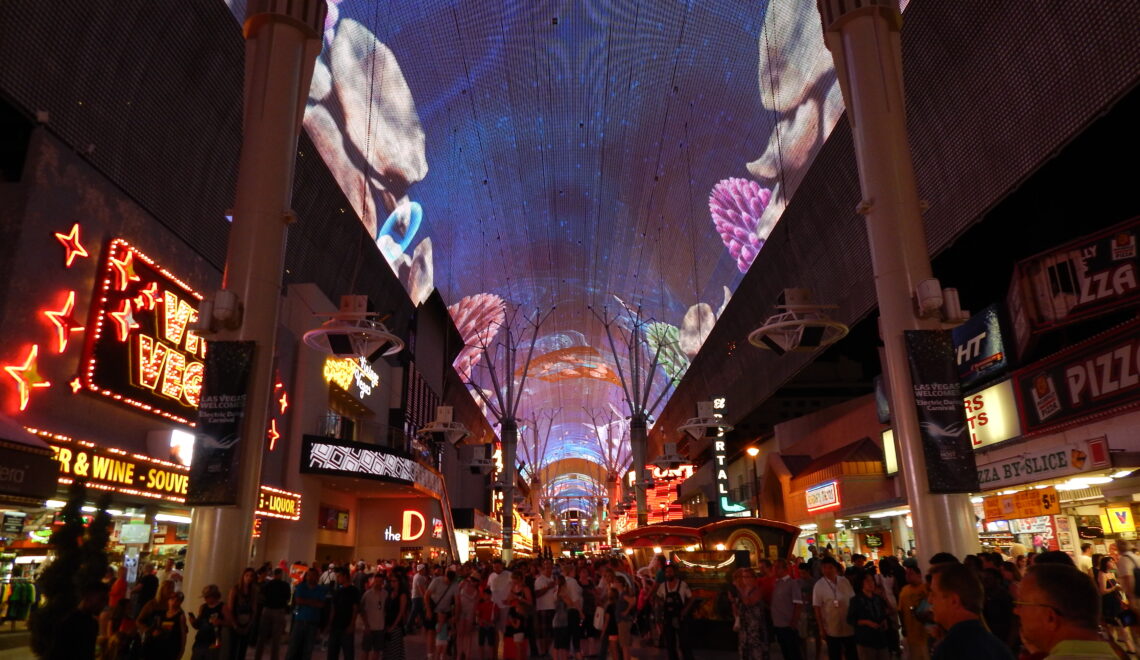I woke up at around 10 am, planning to visit Canberra, Australia’s capital, today. The rest area was deserted; although a few cars had stopped last night, they were only occupied by people making a quick stop. I was the sole occupant who had spent the night here. After rising, I retrieved some bread from the trunk and spread a slice with peanut butter for my breakfast. Twenty minutes later, I departed from Kirby VC Rest Area near Goulburn.
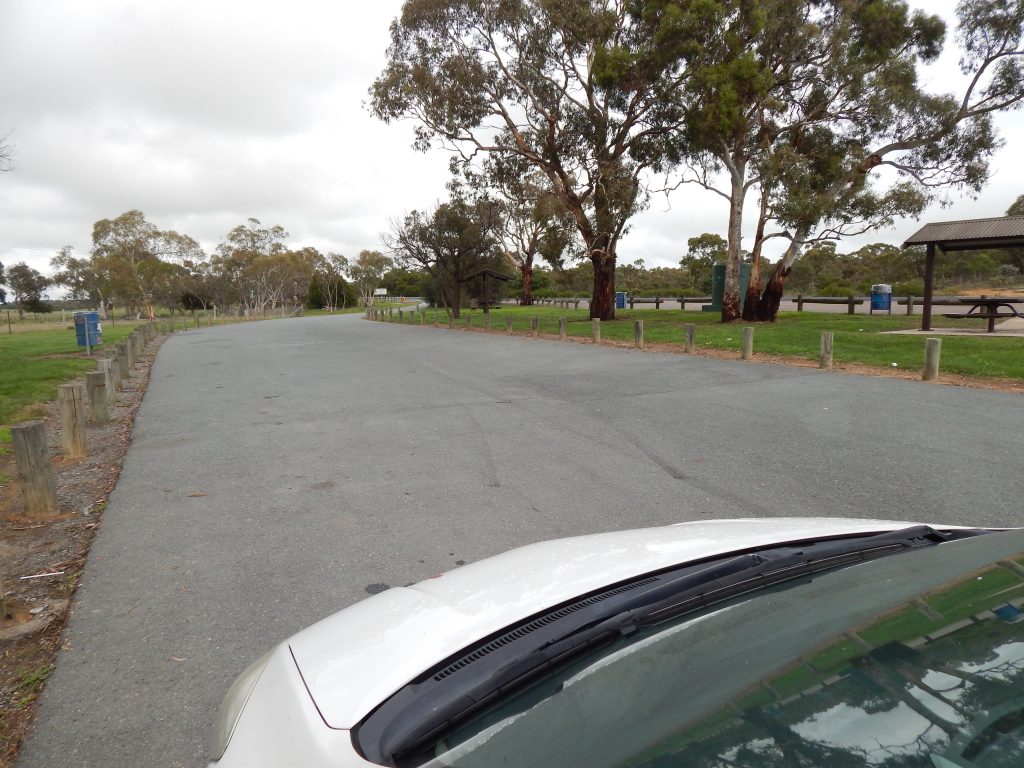
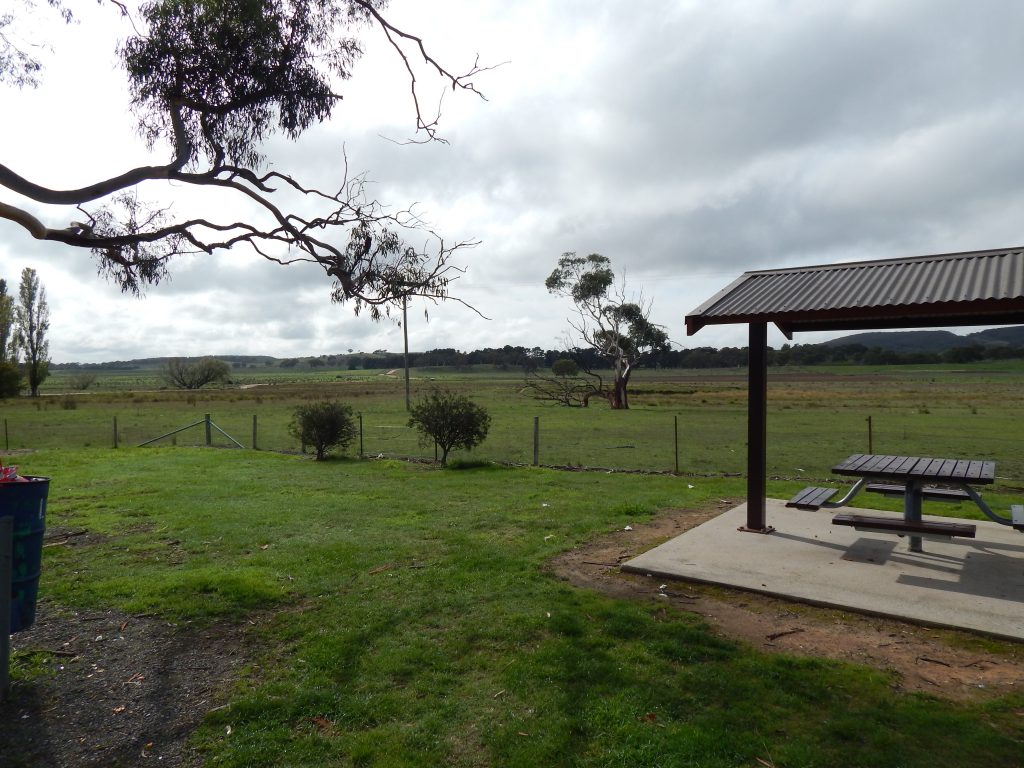
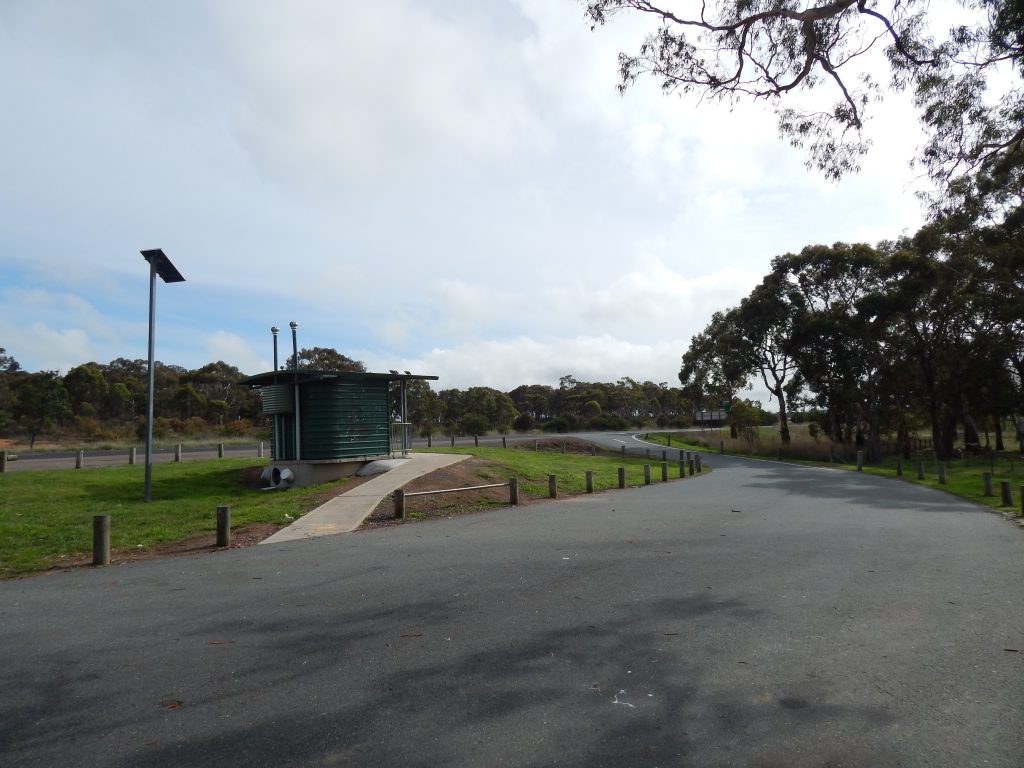
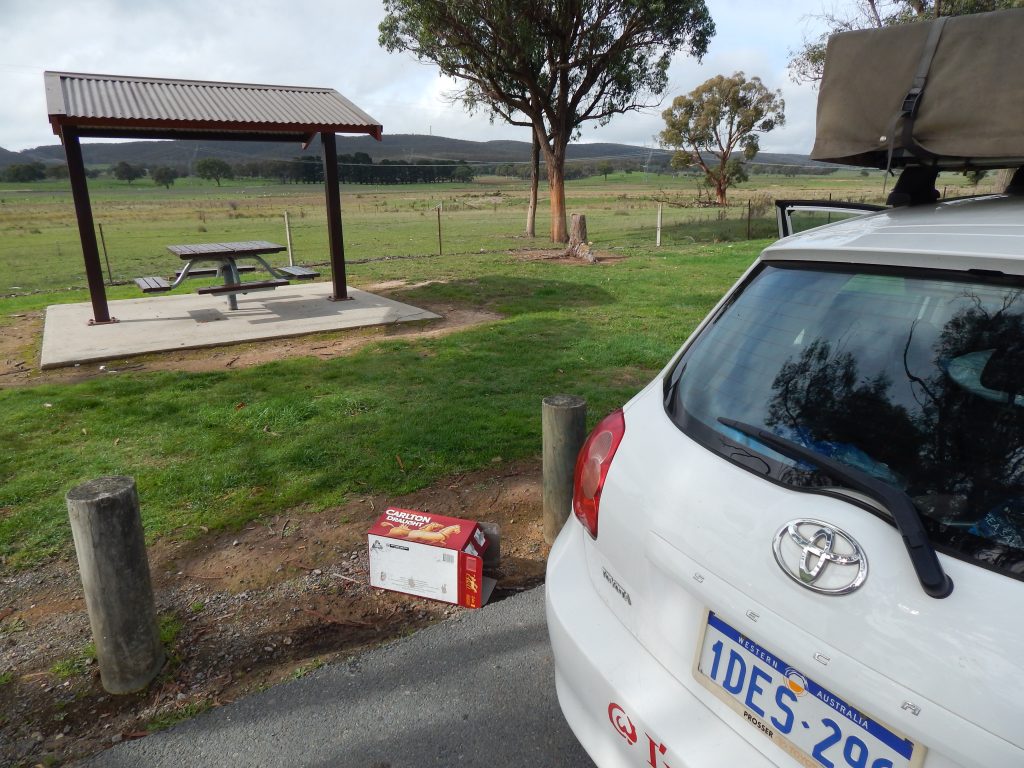
Weereewa Lookout
I headed south towards Canberra, which was just 100 kilometers away from the rest area. En route, I couldn’t resist capturing some pictures while driving, considering the empty roads with no other vehicles in sight.
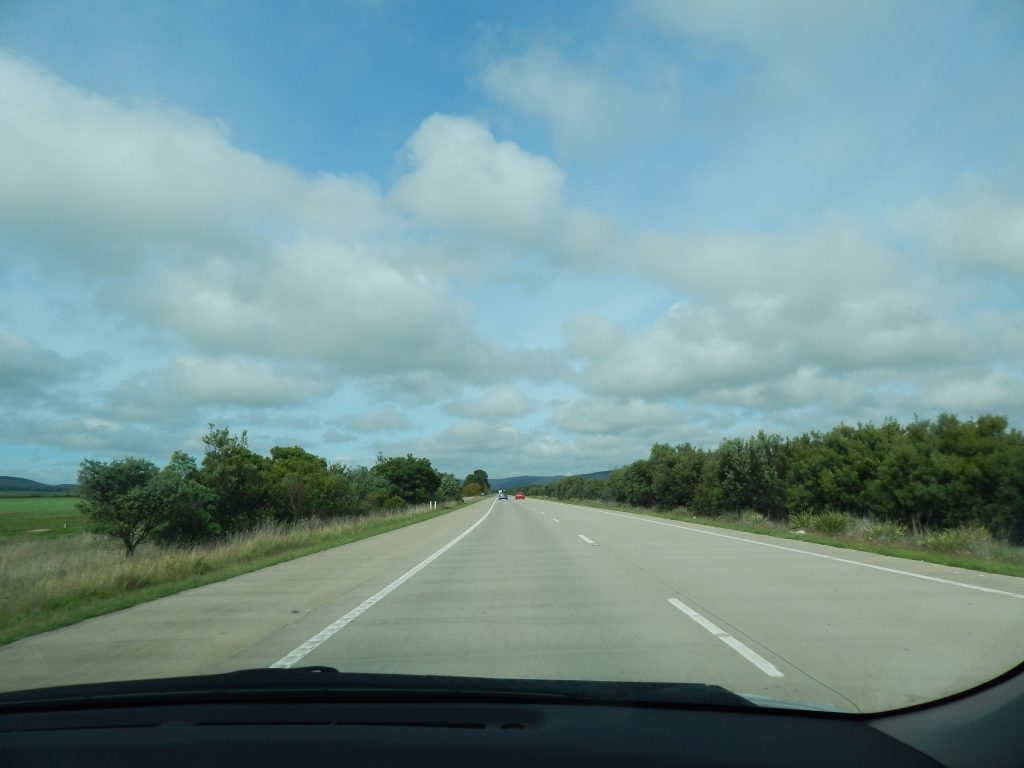
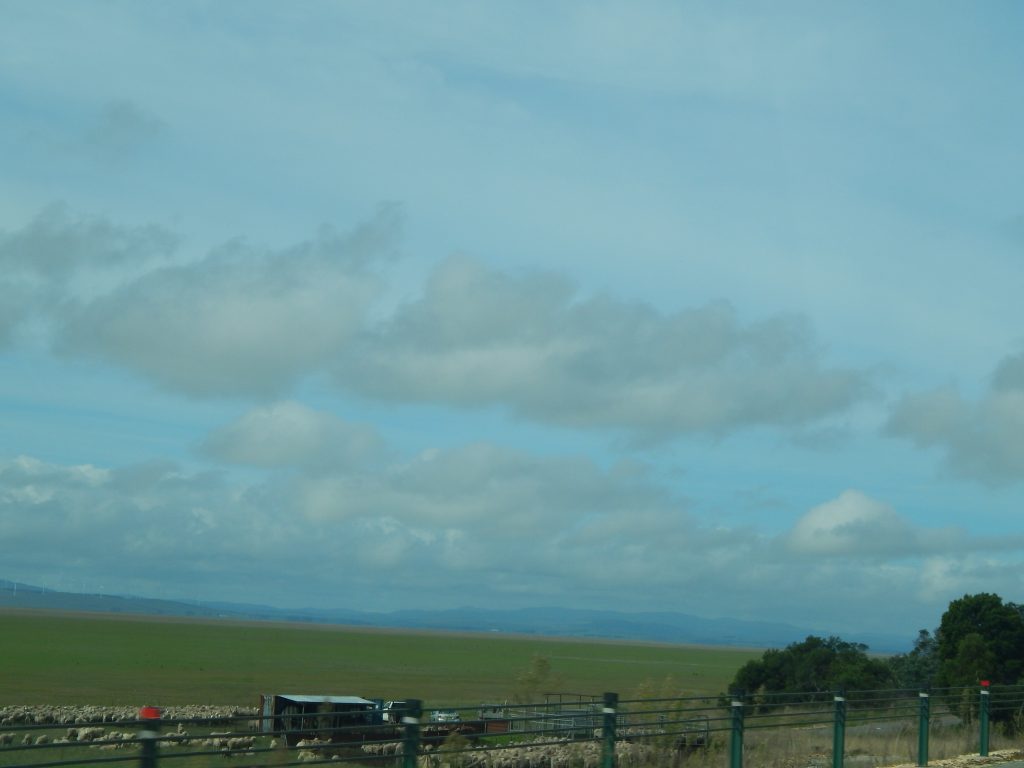
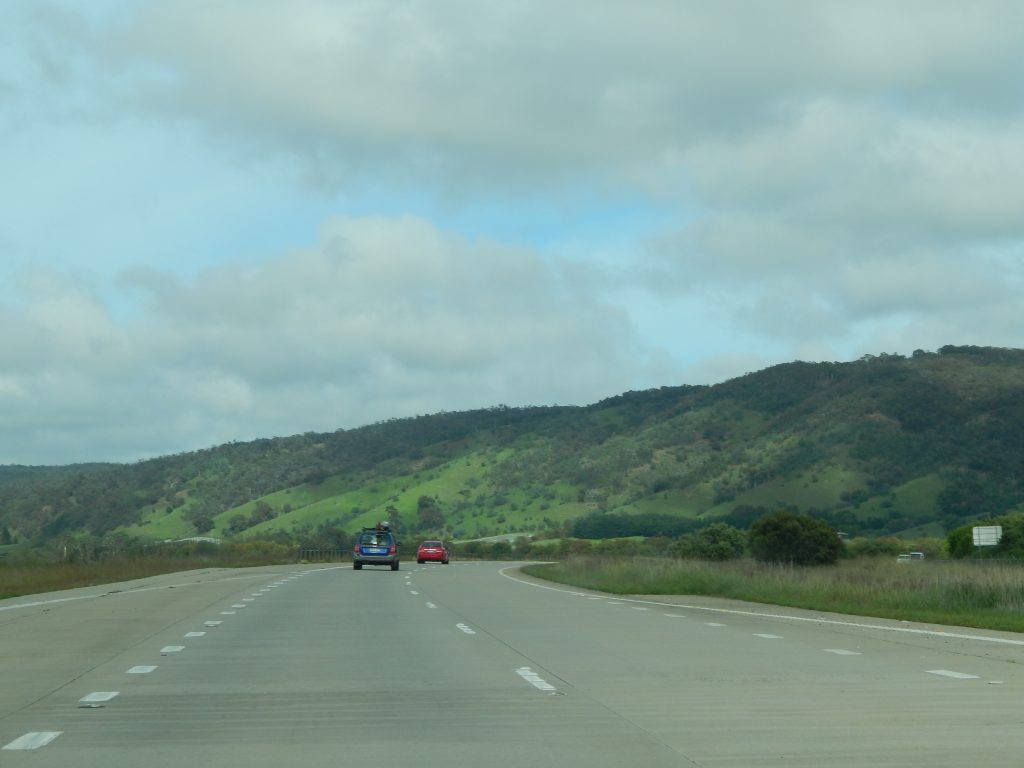
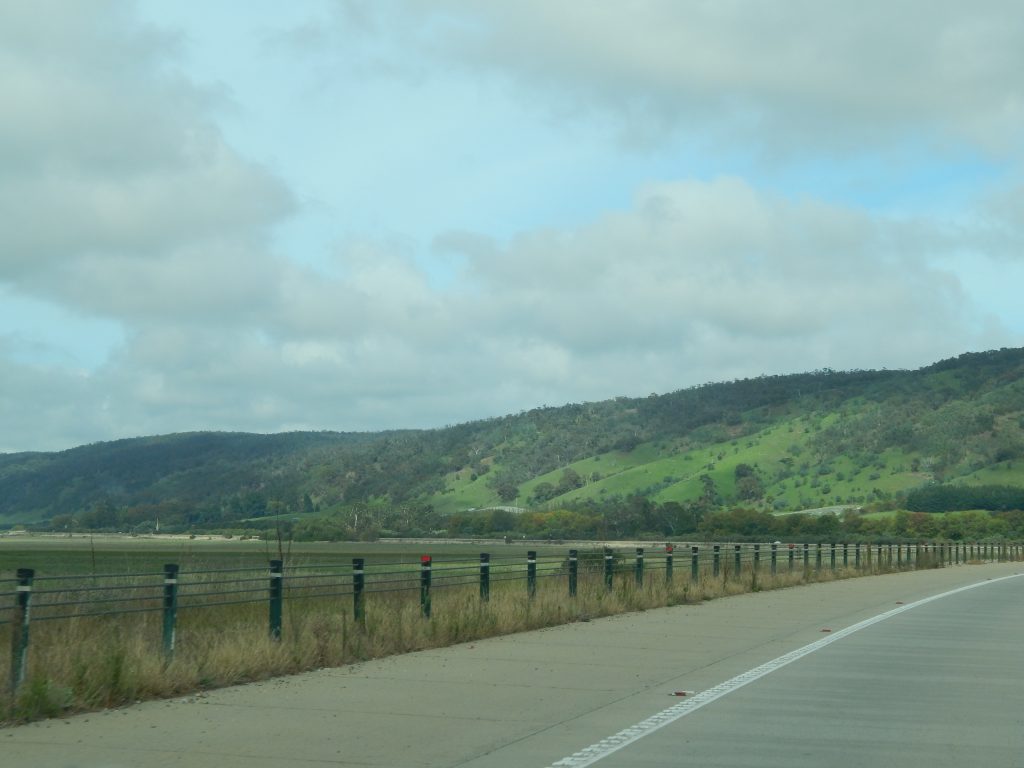
The scenery was breathtaking. As I drove, hills unfolded in front of me, and on my left, I spotted a vast, seemingly empty lake. About ten kilometers ahead, I reached Weereewa Lookout and decided to stop for some pictures. A picturesque valley extended before me, with a distant view of a small body of water. Later, I discovered that it was an endorheic lake called Lake George. Its water levels are significantly influenced by rainfall, as the lake lacks inflow or outflow rivers. During La Niña periods, the entire lake can fill up.
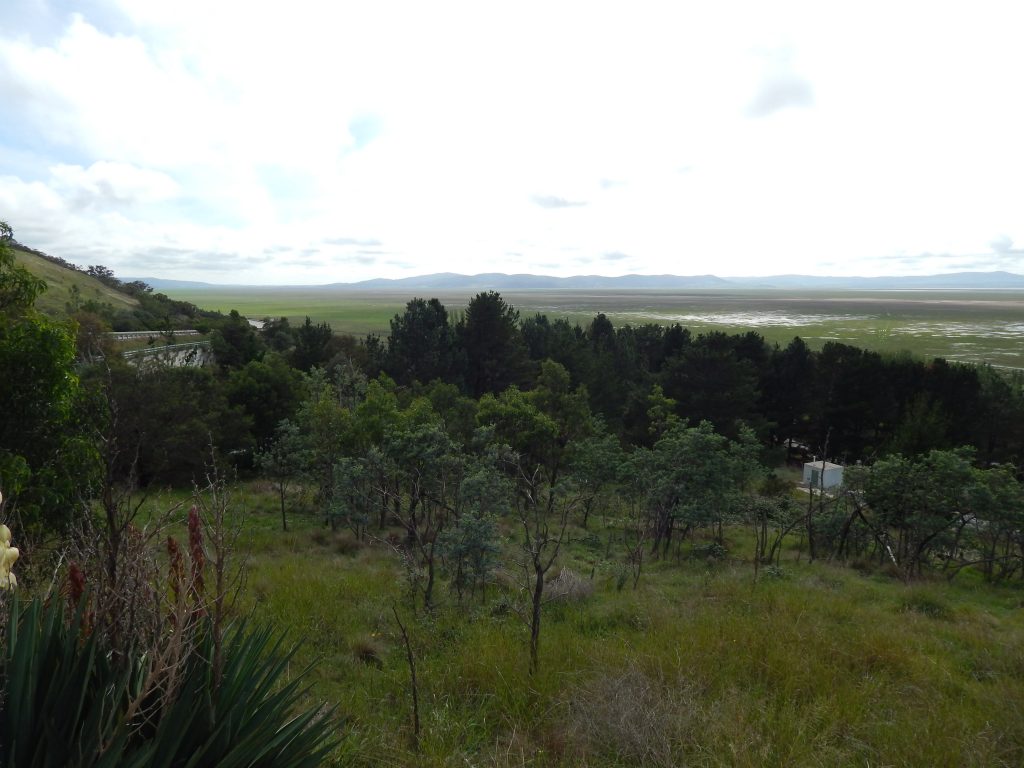
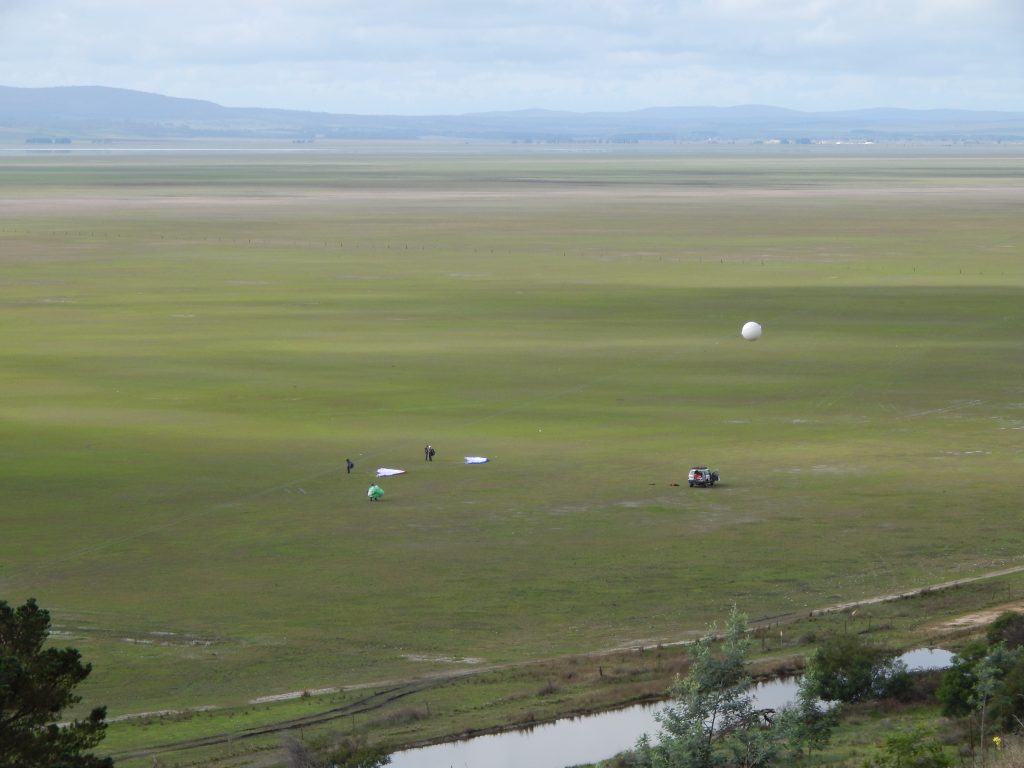
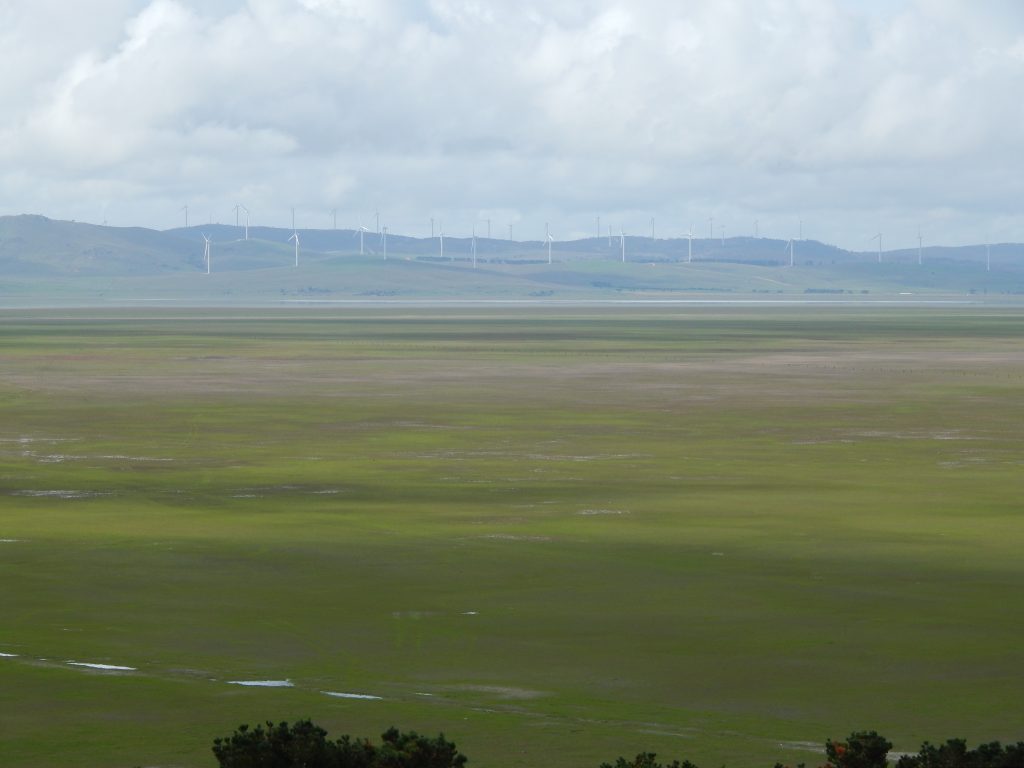
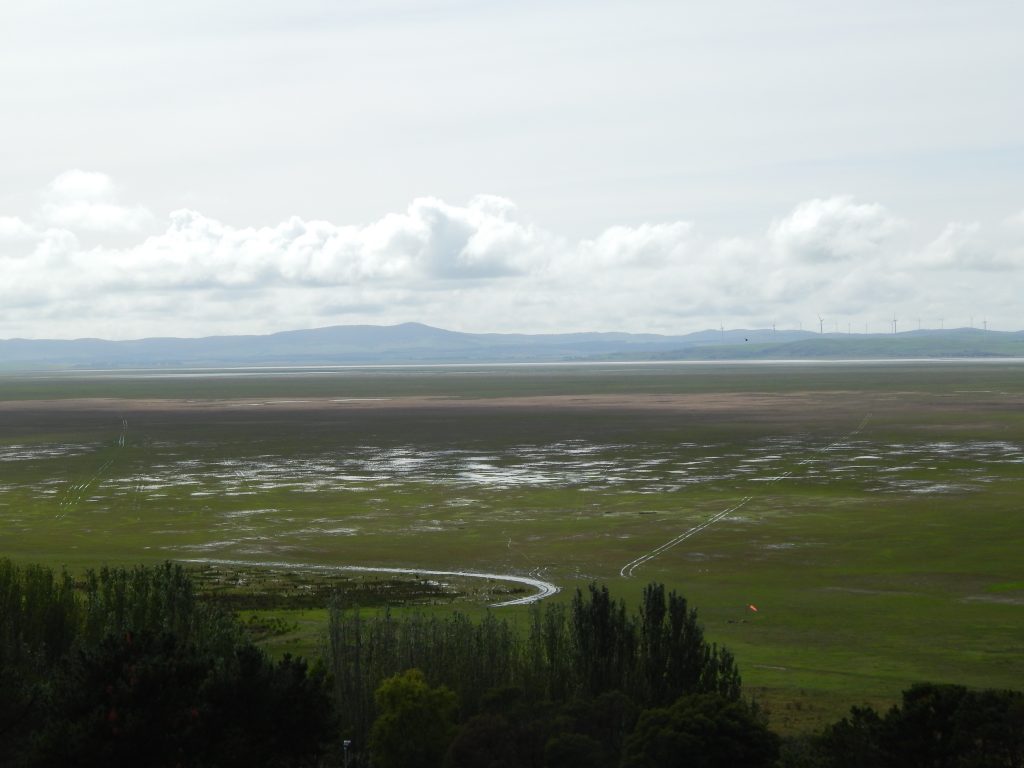
I was captivated by the beauty of the valley, but I had to continue. Canberra was just forty-five kilometers away, and I also wanted to explore something there today.
Canberra’s Information Center
Shortly afterward, I reached Canberra and promptly stopped at the information center to inquire about the city’s main attractions. While I was aware of the Parliament House, I wanted to explore other potential points of interest. After parking in the lot, I headed to the toilets. Upon inspecting the disabled toilet, I discovered a shower facility. It was impeccably clean, leaving no room for doubt. I hurried back to the car to retrieve clean clothes, a towel, and shampoo, along with my laptop and phone. Once inside the accessible toilet, I secured the door and attended to my phone and laptop first.
At last, I found a power socket, allowing me to charge my phone and laptop simultaneously. I leisurely took my time in the shower, reveling in the warmth of the water cascading down. Although I probably should have inquired at the information center, I couldn’t be bothered at the moment. After months of traveling, I had become somewhat audacious when it came to using toilets and bathrooms. Since the toilets were separate from the information center, they wouldn’t immediately discover that I had taken a shower. Feeling refreshed and energized after my shower, it was an incredible sensation.
Following that, I stepped into the main building and inquired about the key attractions in the area. The staff highlighted three main points of interest. Additionally, they mentioned a complimentary tour scheduled for 1 pm at the Parliament House. Without hesitation, I made the decision to attend. As it was currently noon, I was fortunate to have some time on my hands. Subsequently, I chose to pen some final postcards, with four remaining unwritten ones in my possession. Utilizing the parking lot of the information center, I penned messages to my parents, brother, and two acquaintances, placing them into the mailbox before departing. It was time to explore Canberra.
Capital Hill
Approximately 15 minutes later, I reached Canberra’s Capital Hill, a substantial elevation housing the Parliament House. I navigated around the hill, encircling the impressive structure. The site exuded a sense of enormity and exclusivity. Initially, I attempted to park in a secured garage, only to realize it was designated for the elite, not for the common folks. Undeterred, I continued my circuit around the Parliament House and eventually located the public parking facility. Subsequently, I parked underground and ascended. The architectural marvel of this building left me in awe. From the rooftop, I enjoyed a splendid view of a distant statue, the Australian War Memorial. While my intention was to visit later, regrettably, time constraints prevented me from doing so.
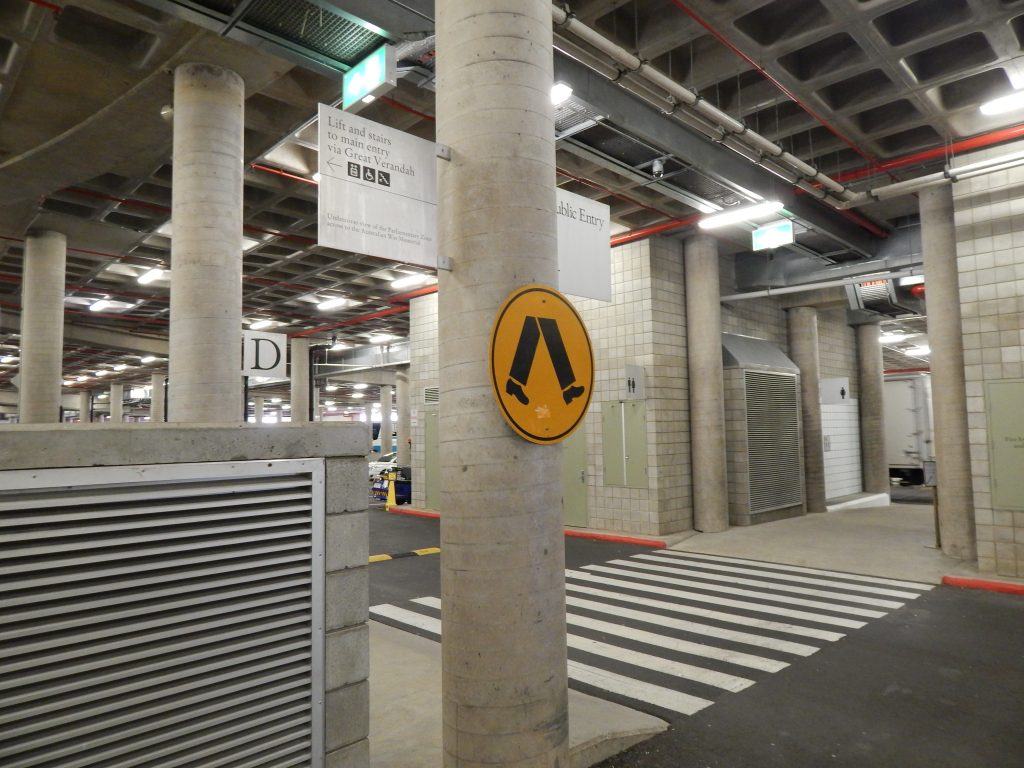
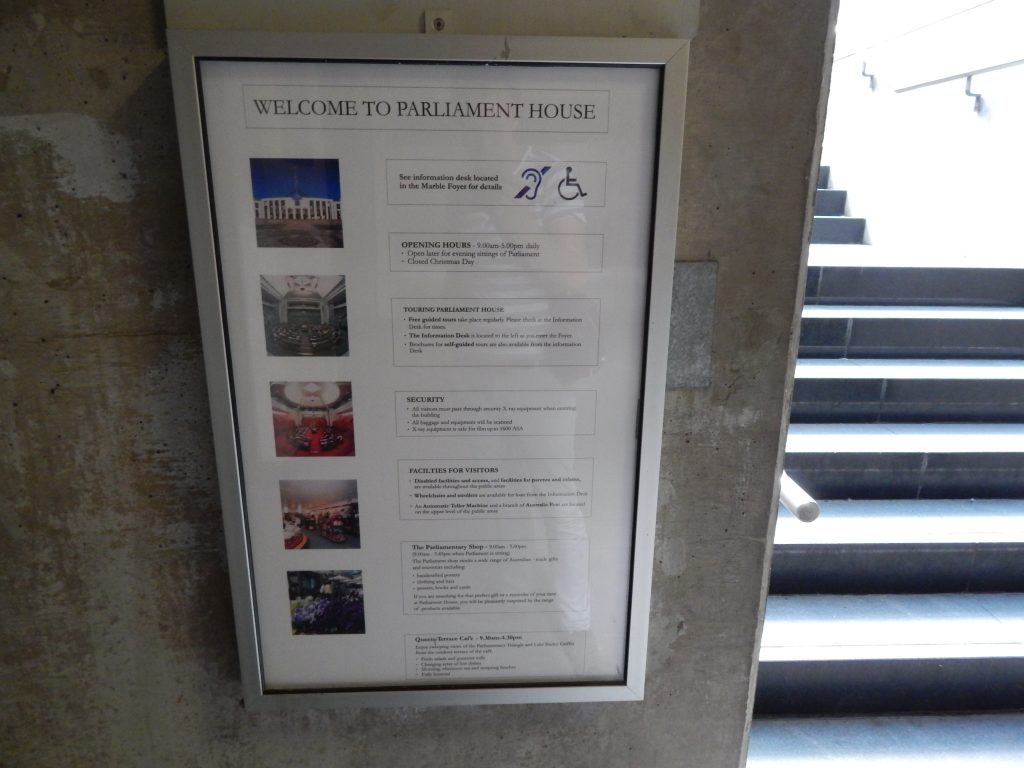
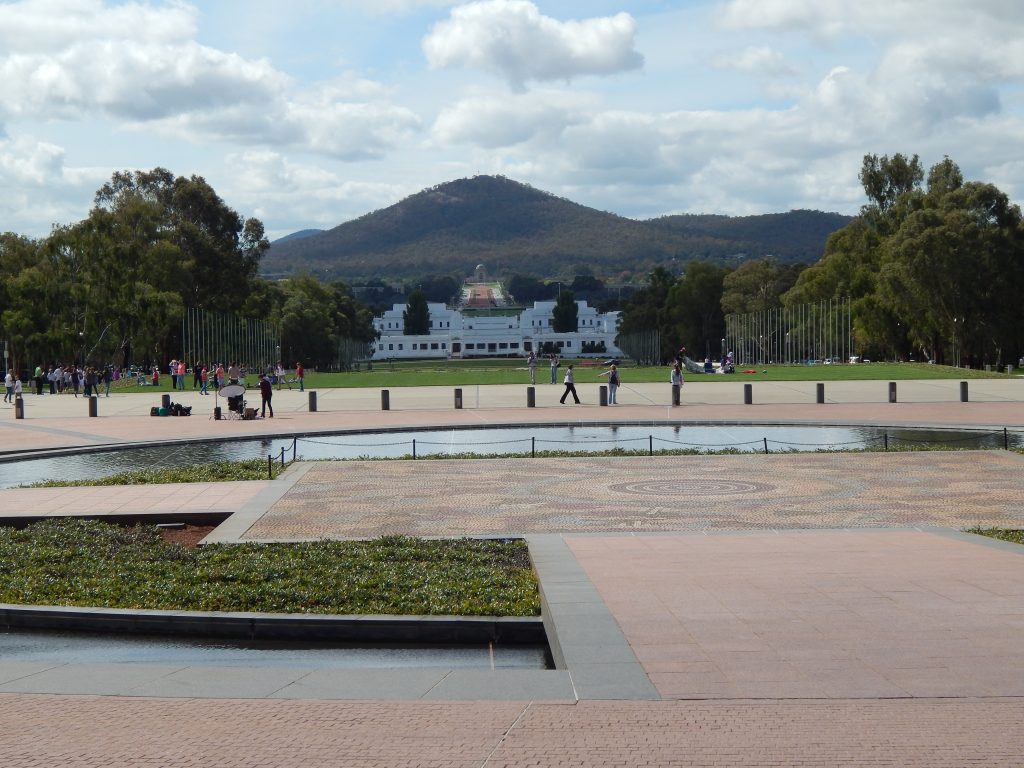
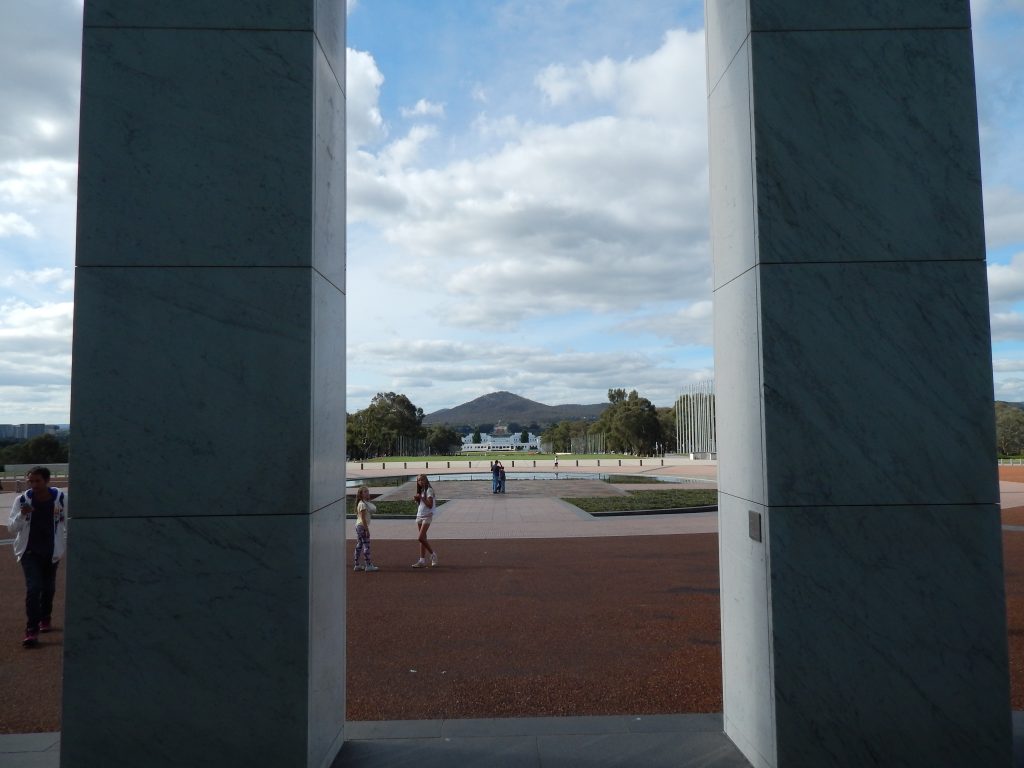
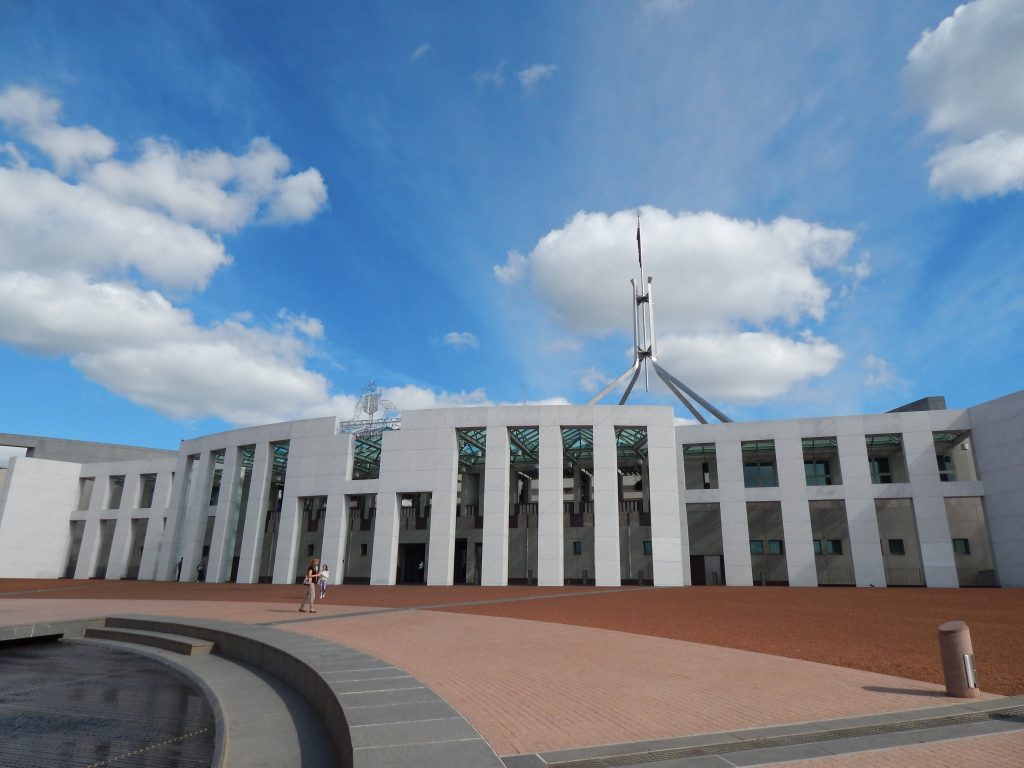
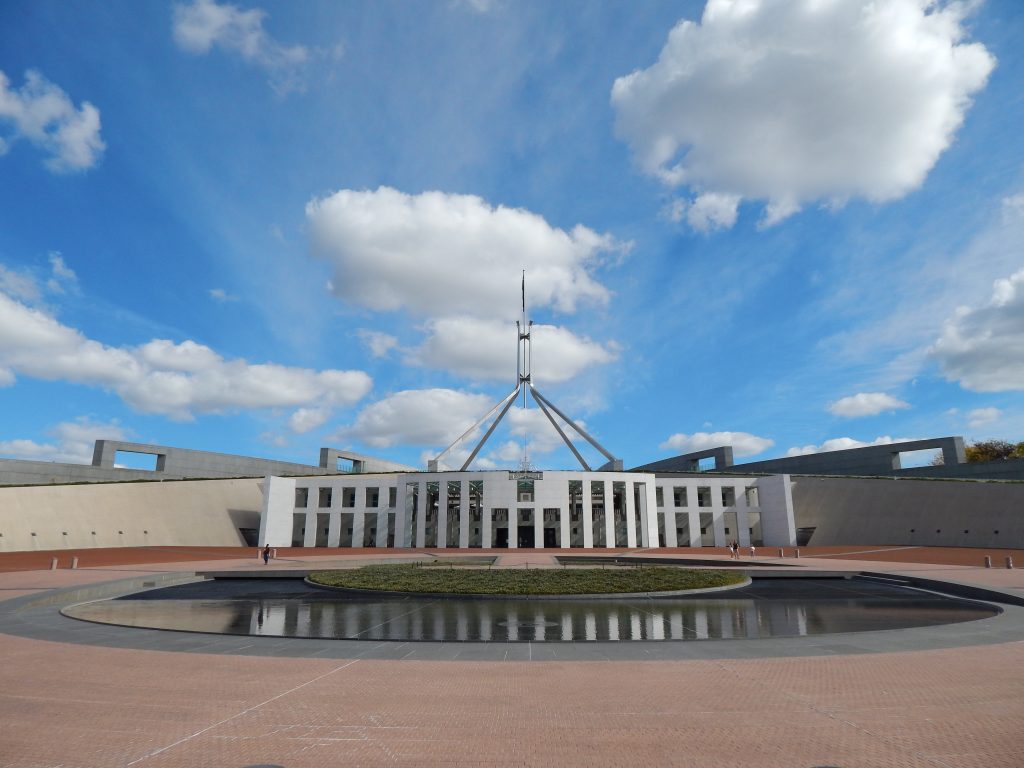
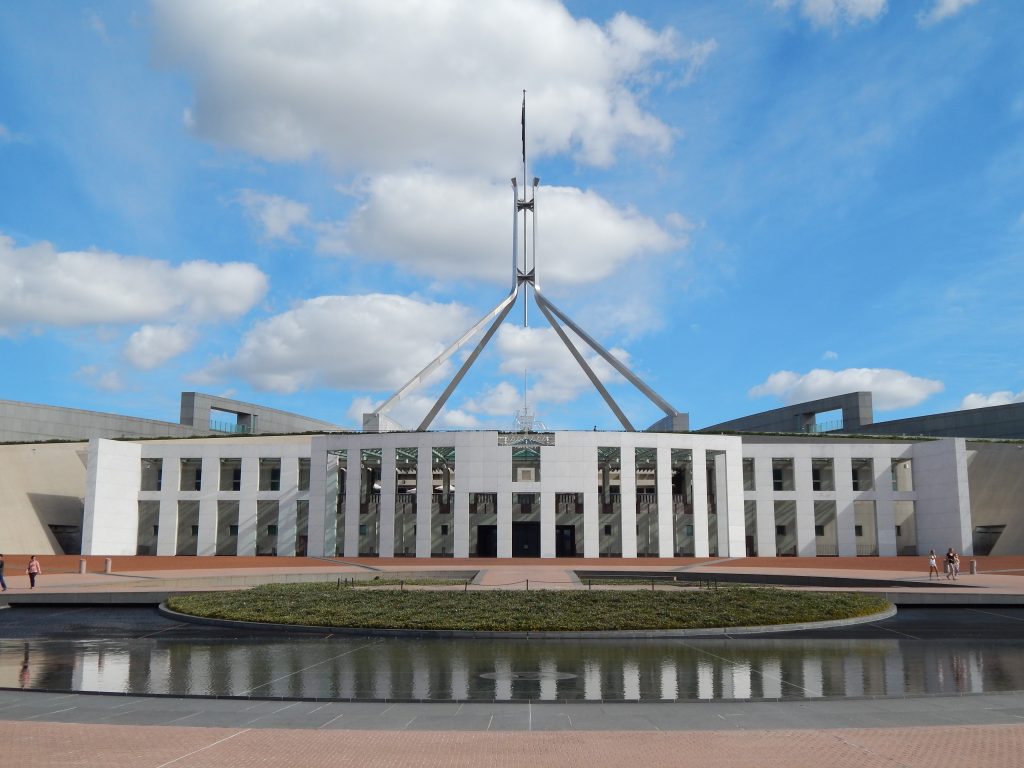
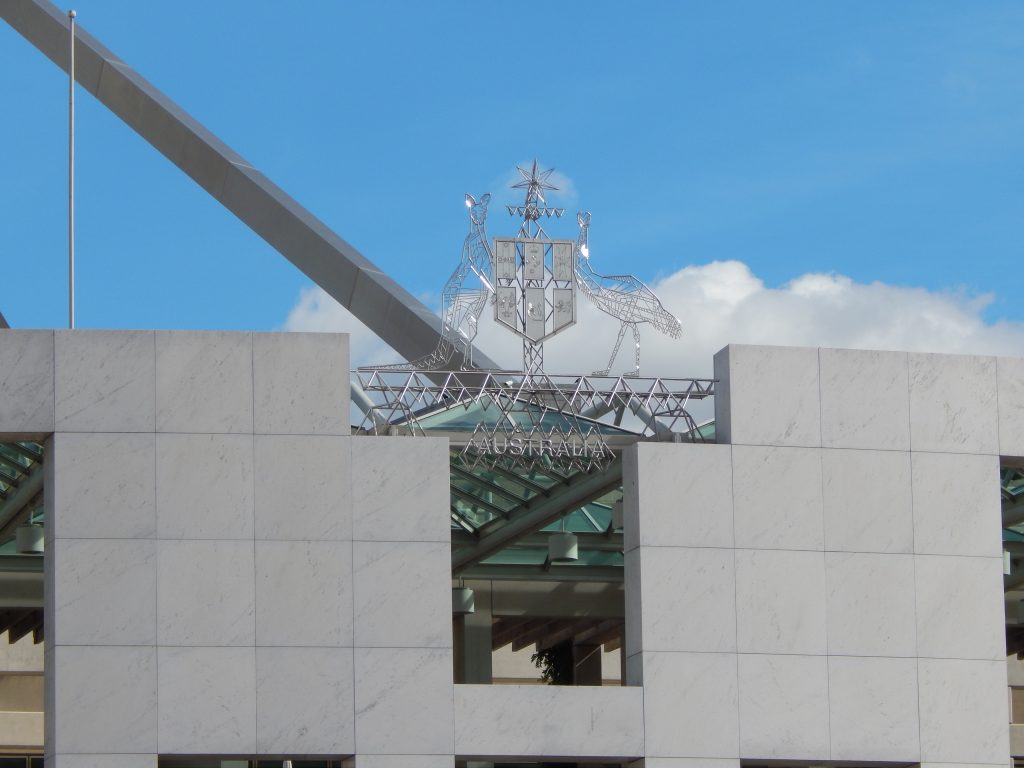
Upon entering the building, I underwent the standard security check with X-ray screening. The attendant operating the machine incorrectly guessed my nationality as German, leading to some laughter from his colleagues when I corrected him. Informing the lady at the security checkpoint that I was there for the tour scheduled in 15 minutes, she directed me to the Great Hall upstairs. The main hall itself was breathtaking, resembling a grand palace. The monumental marble pillars made a lasting impression with their sheer size and grandeur.
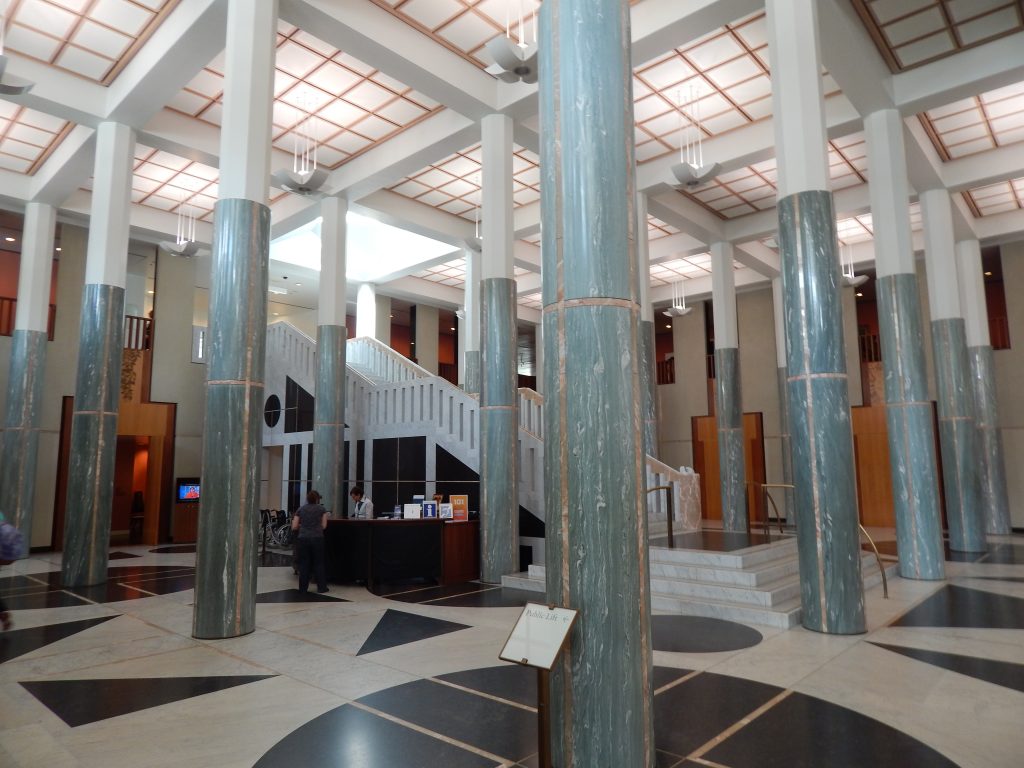
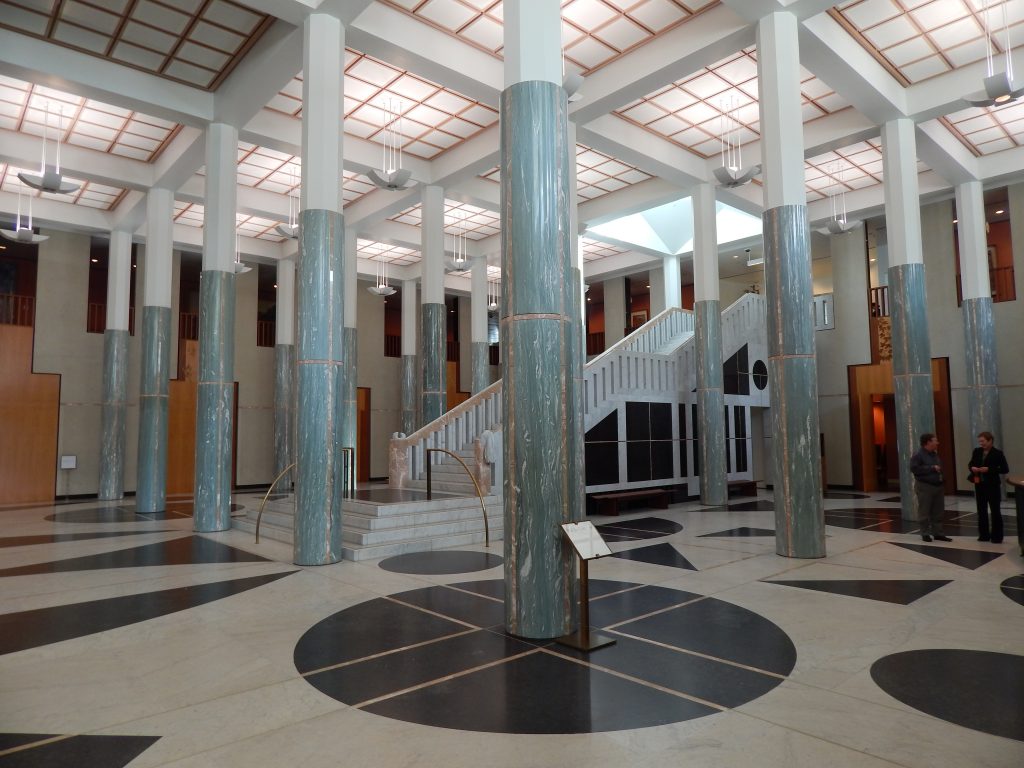
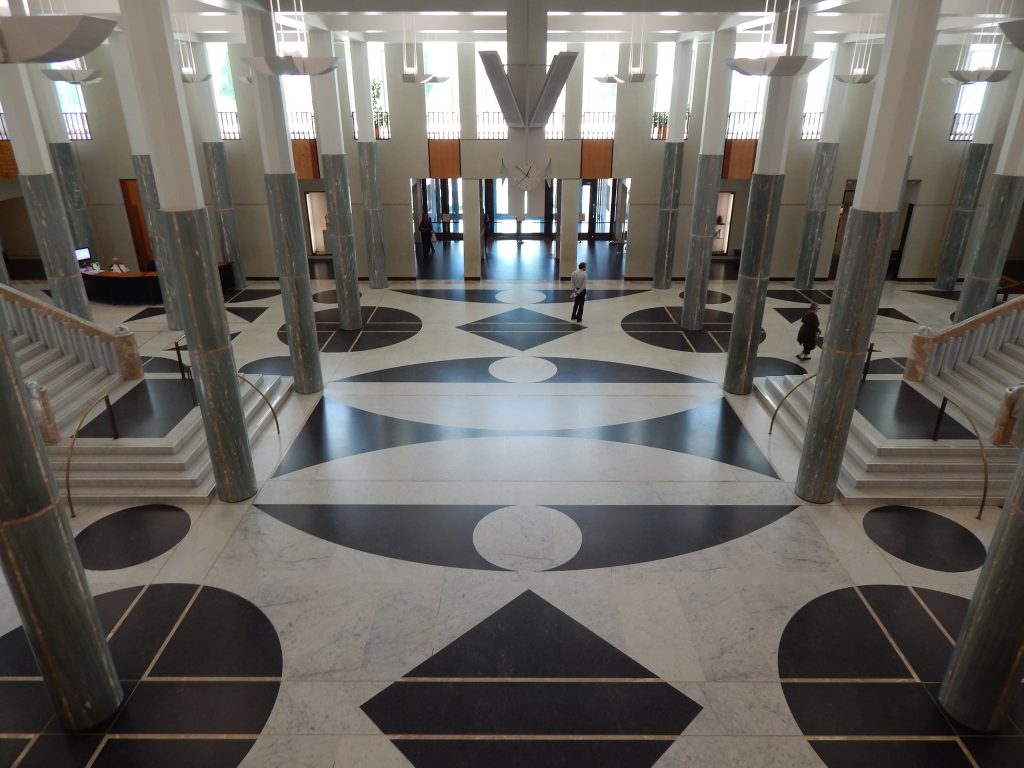
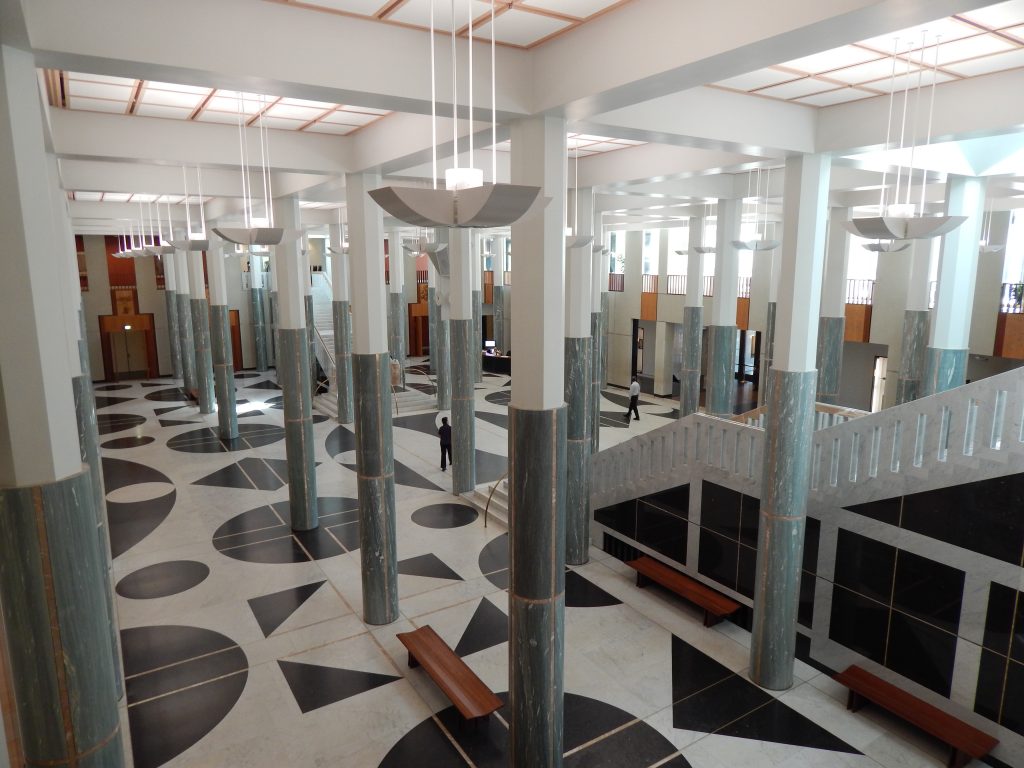
The Parliament House
Ascending the stairs, I turned right and took a moment to explore the surroundings, having about 10 minutes to spare. The corridors were nothing short of amazing, adorned with luxurious carpets, captivating paintings, and plush sofas. I couldn’t help but wonder if I was in the Parliament House or an esteemed museum.
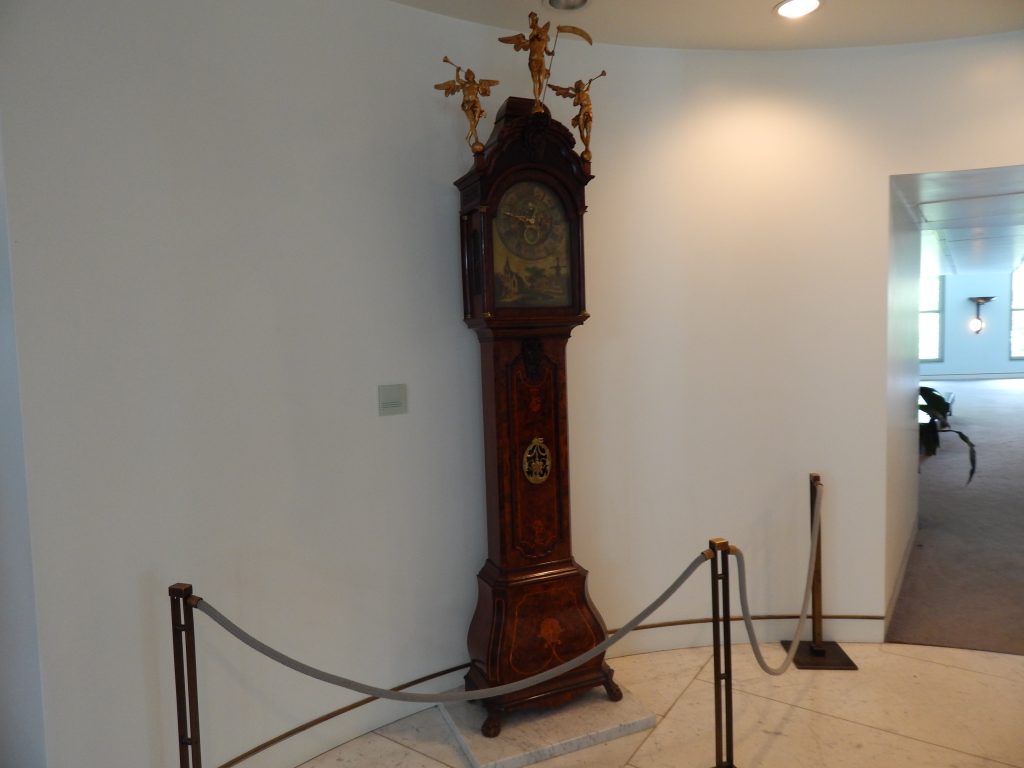
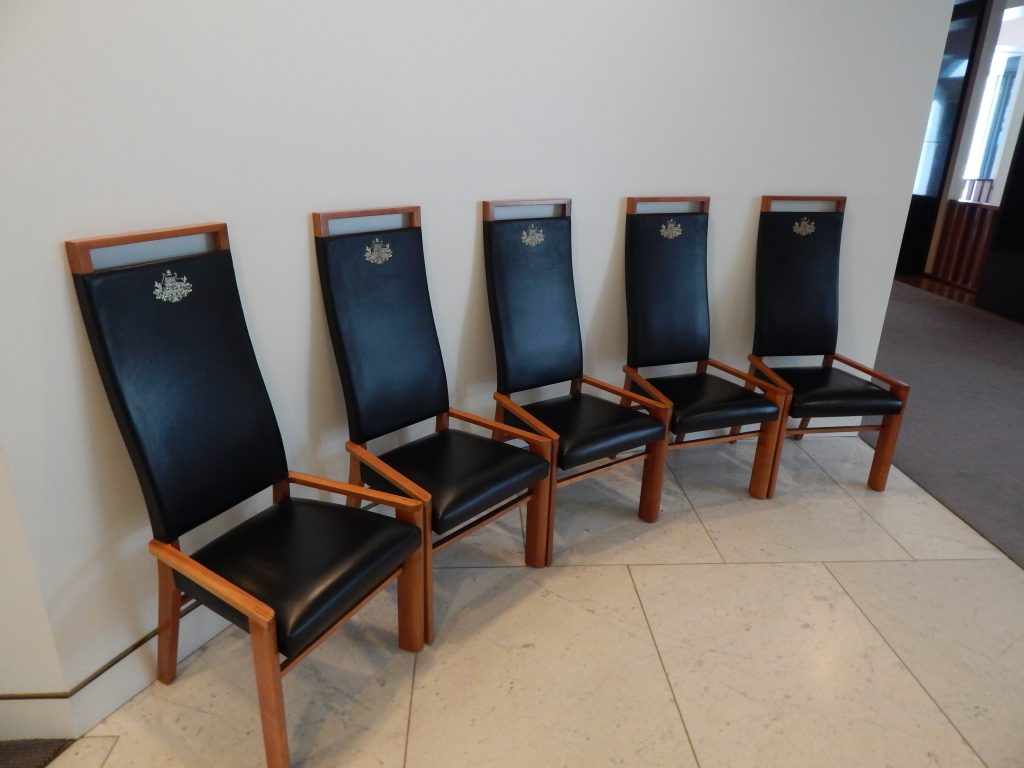
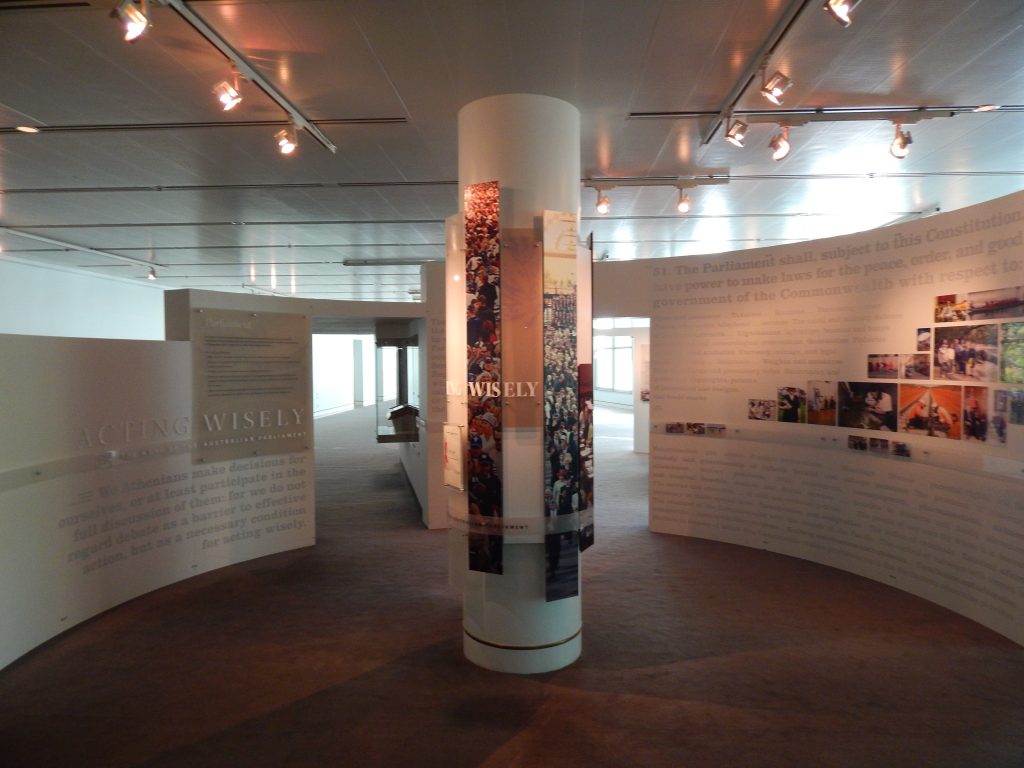
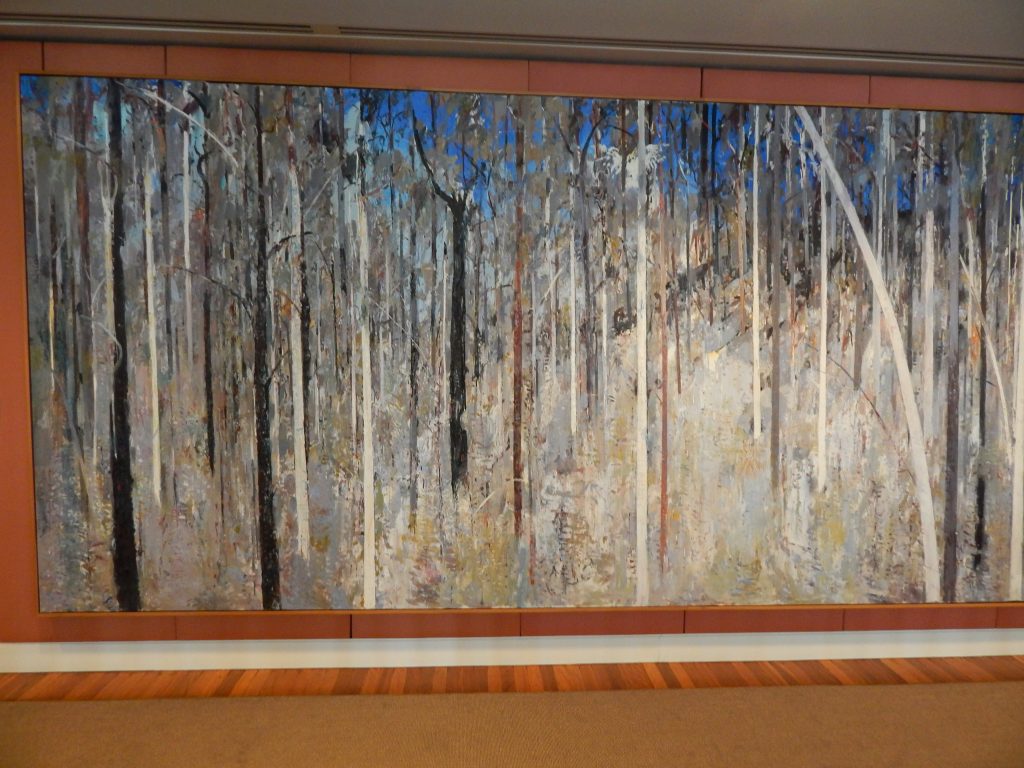
At 1 pm, I entered the designated room, joining a group of about 30 visitors. Our guide informed us that the tour would last approximately 45 minutes. Although I couldn’t recall the specific name of the room, I believe it was referred to as the Great Hall—a significant meeting space. The guide shared intriguing details, mentioning that behind the nearby doors lay the prime minister’s office. He revealed the existence of a tunnel underneath the building, a lengthy corridor with numerous doors (4th picture below). Opening all the doors, according to our guide, would provide a view of the Australian War Memorial from the prime minister’s office (1st picture below), a concept that had been successfully tested.


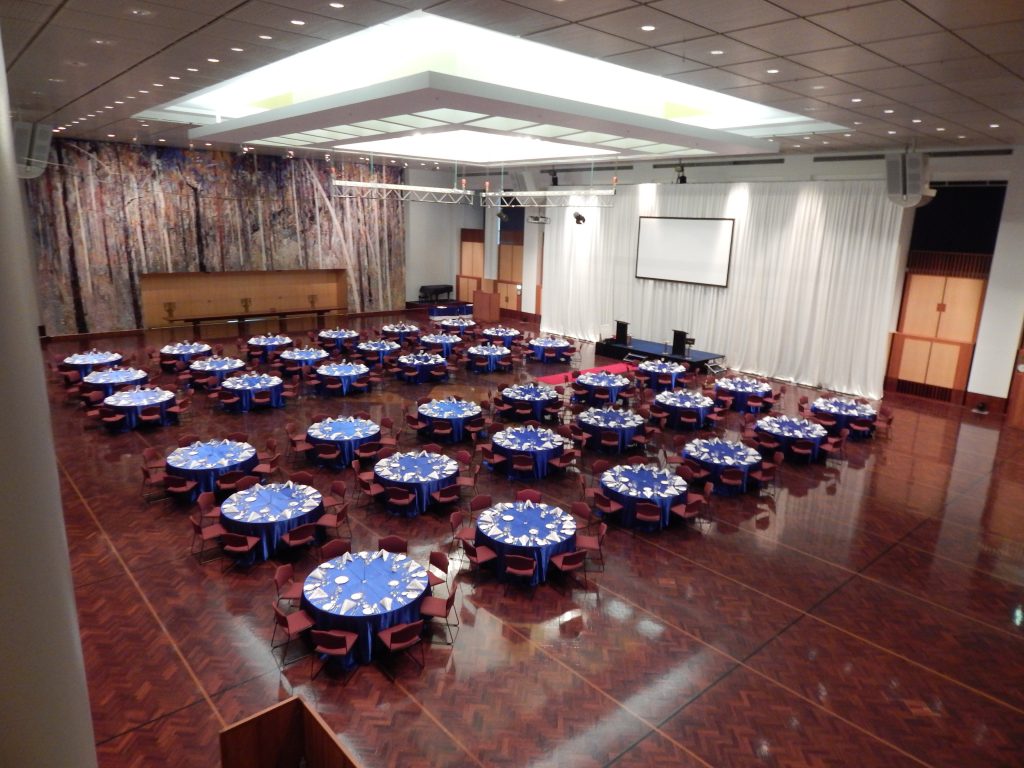

Our guide provided details about the artwork encompassing the entrance of the office (pictures 1, 2, and 3 above). Interestingly, this piece was not a traditional painting but rather a handmade weaving. The artwork, also displayed outside the Great Hall, featured two additions: a bird and a comet.
After the Great Hall, we explored other significant areas of the Parliament House. Our guide shared a wealth of information about the parliamentary process. Particularly intriguing was his narrative about the ceremonial mace. The role of the chairman in the Parliament House is crucial, as this person determines who is permitted to speak. In historical times, the chairman’s role was perilous due to the presence of weapons among politicians. Disagreements often led to violence, prompting the need for a guard equipped with a mace to protect the chairman. Today, a ceremonial golden mace is displayed in the room for symbolic purposes.
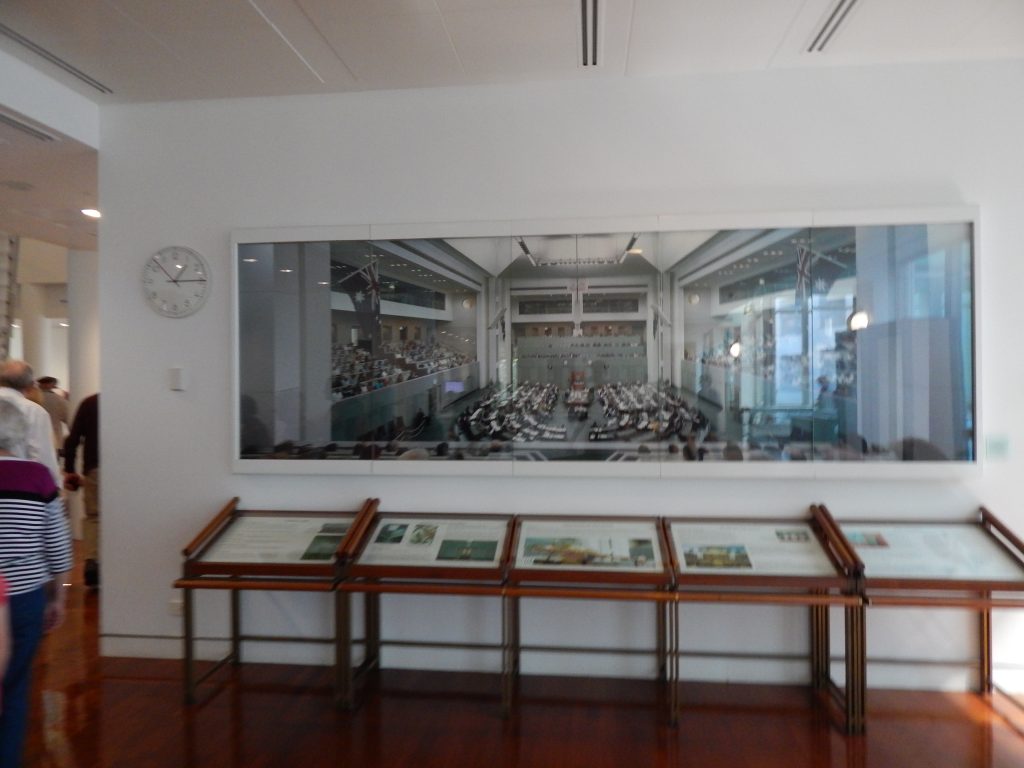

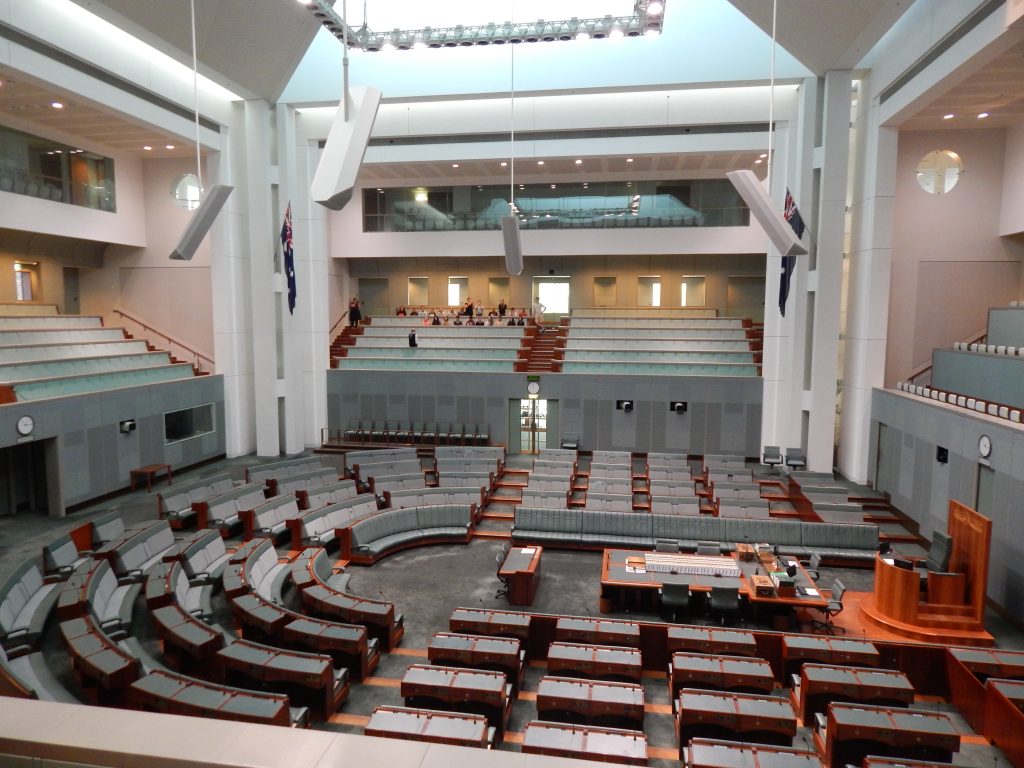

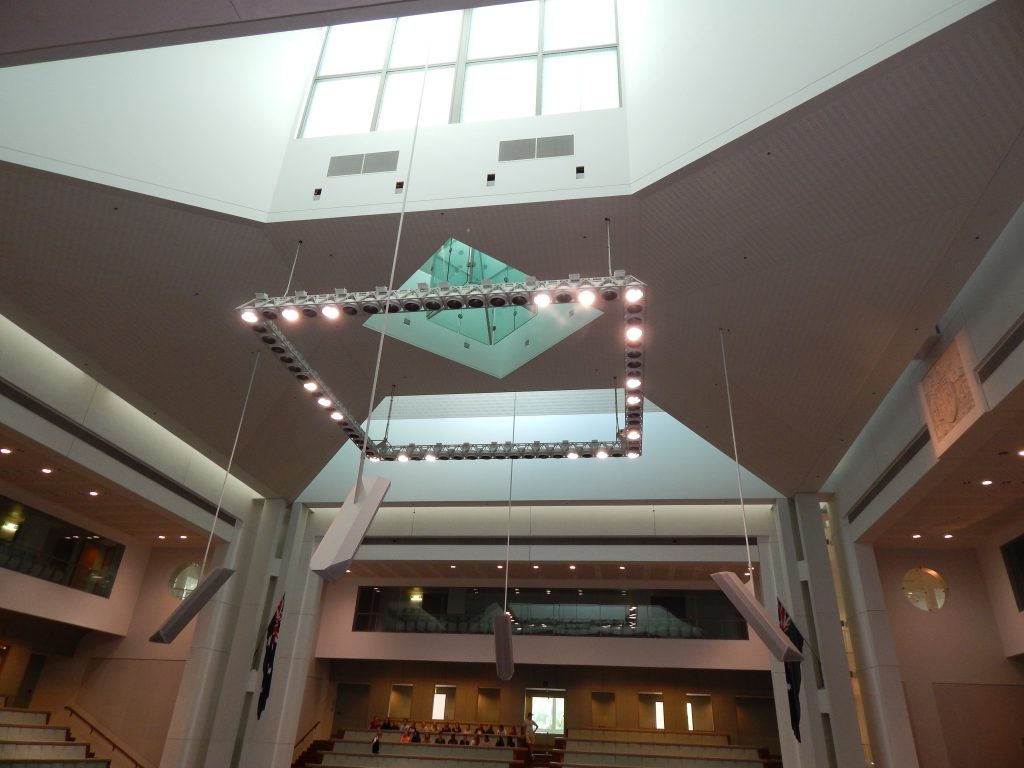
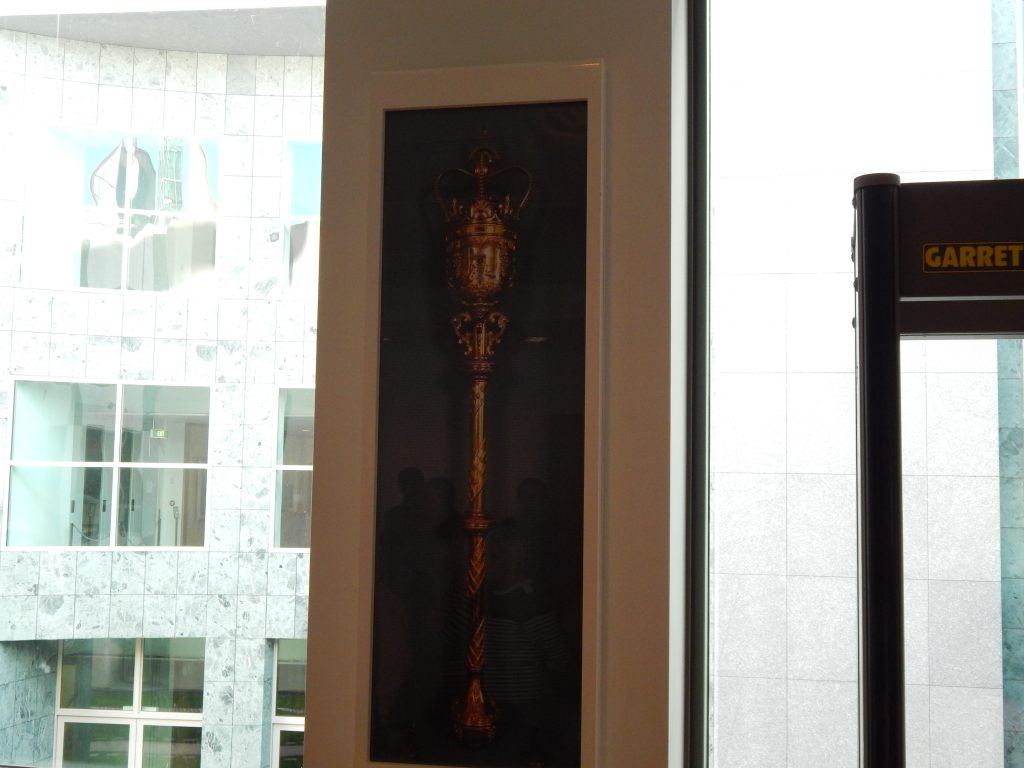
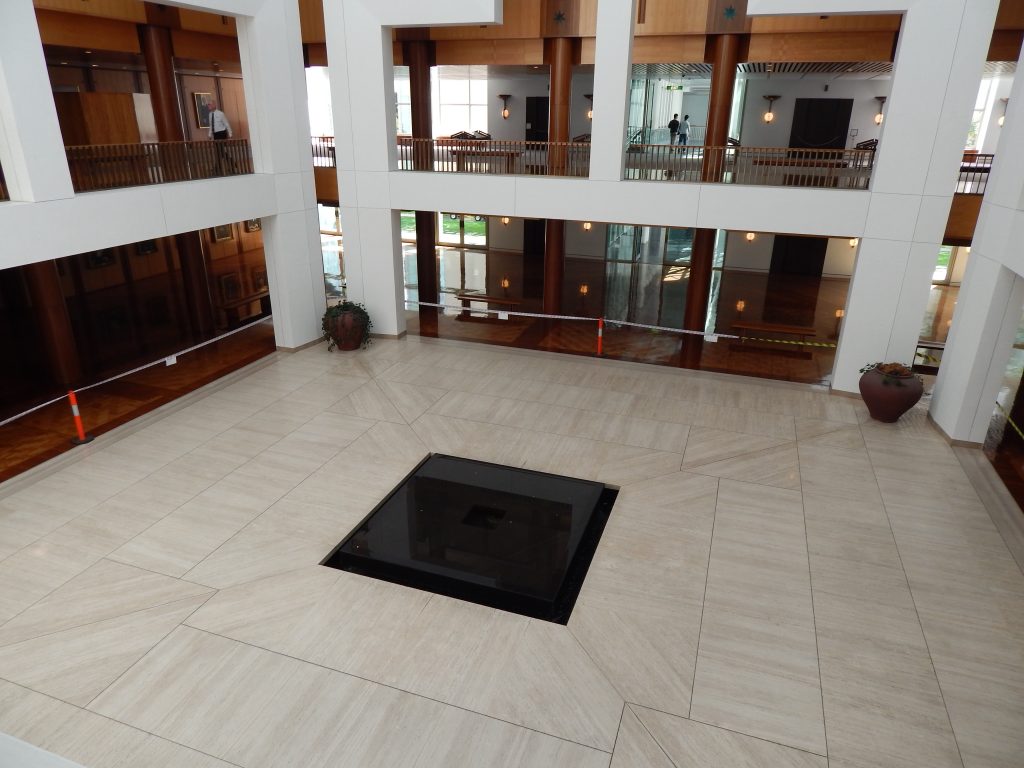

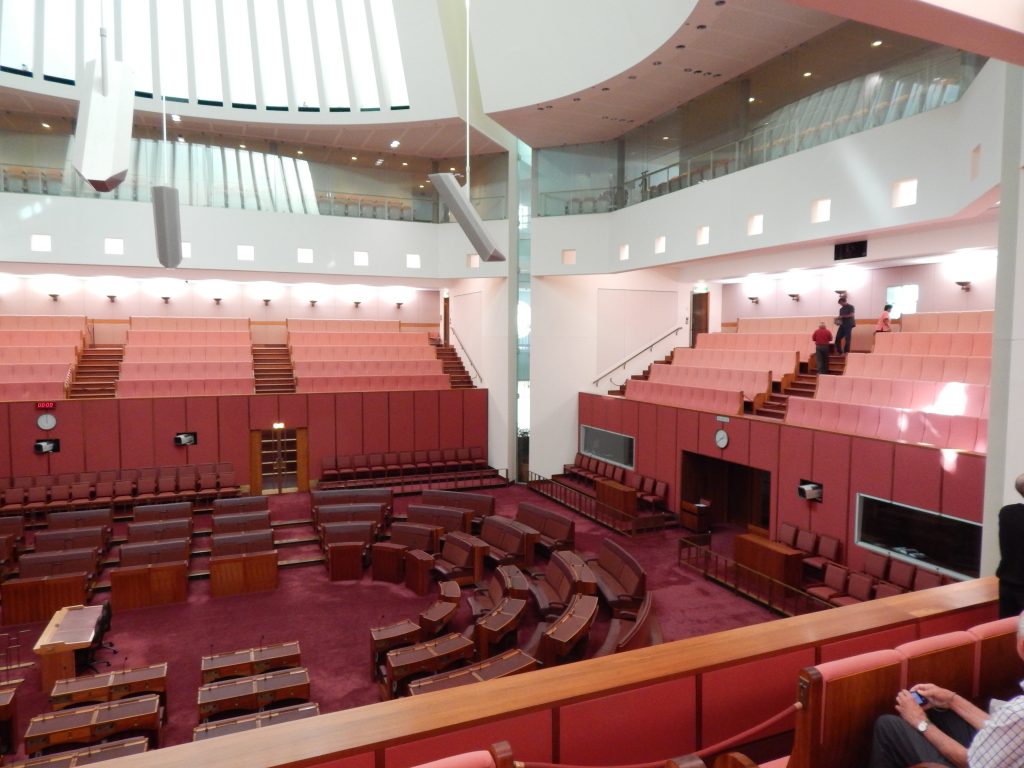
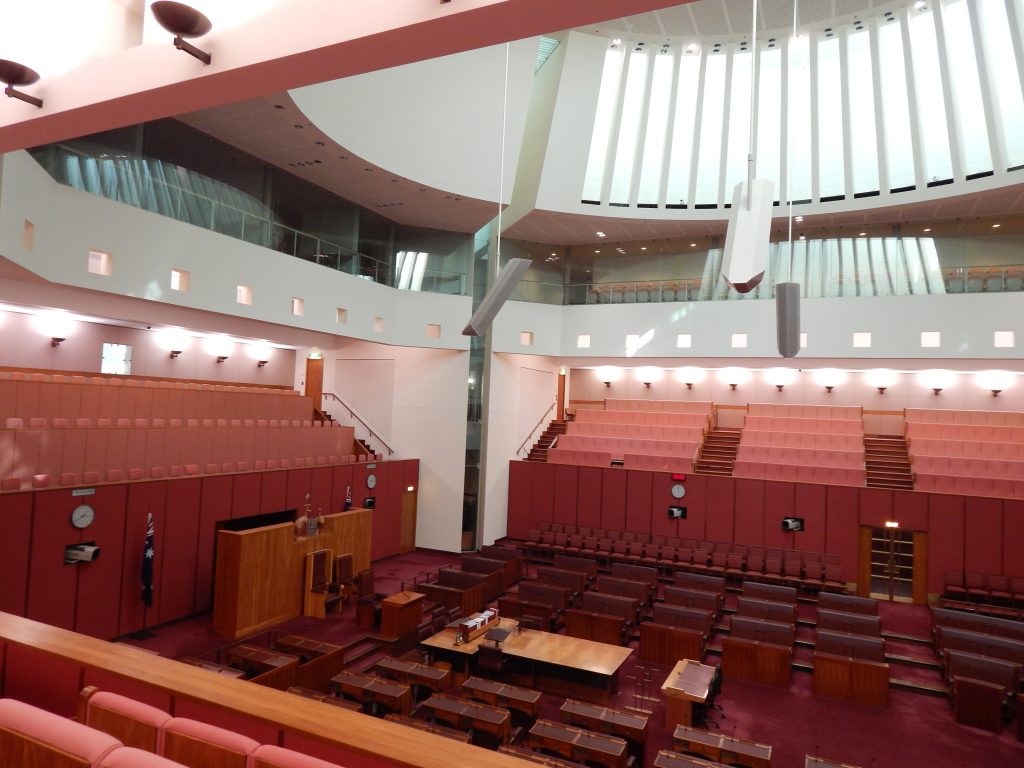
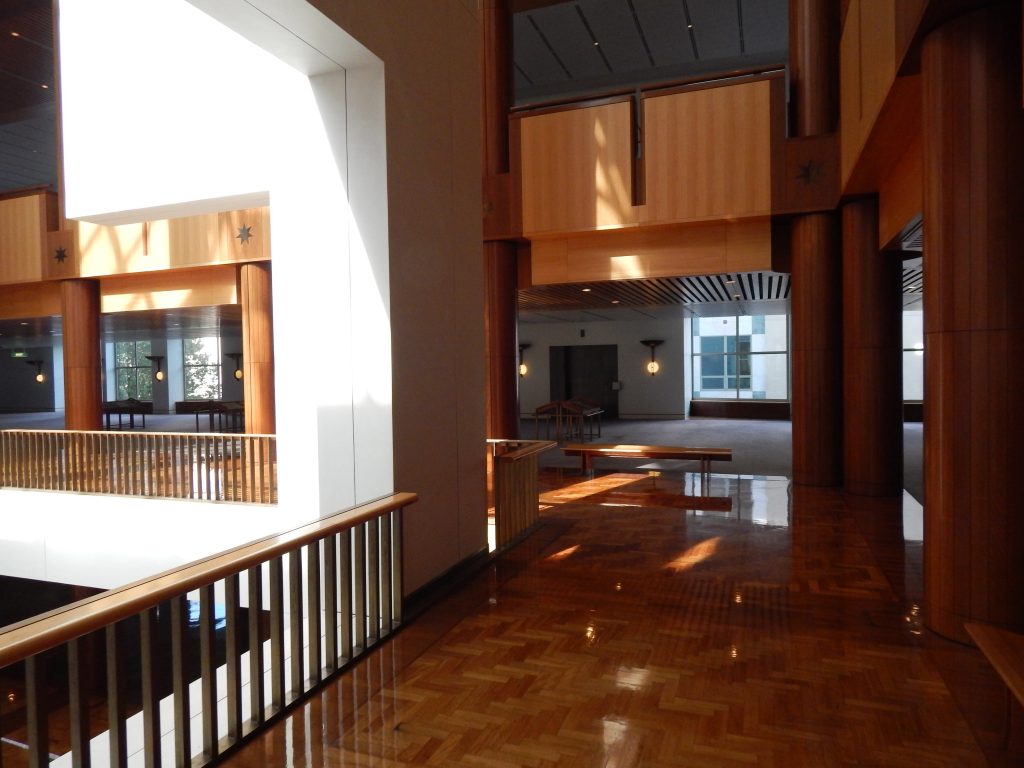

View from Parliament House’s Rooftop
The guide provided a wealth of fascinating information. The old Parliament Building had become insufficient in capacity; offices were even established in the restrooms. This necessity led to the construction of the new Parliament House, completed approximately 30 years ago. The design accounts for the next 200 years or more, considering Australia’s anticipated population growth and the corresponding increase in politicians. This foresight ensures that sufficient space, represented by chairs, will be available to accommodate the growing population.
The building project amounted to an impressive 1.1 billion Australian Dollars (AUD)! I marveled at the magnitude of the investment, thinking, ‘No wonder why there were so many patronizing rules and policies in this country; they had to finance this building.’ Our guide encouraged us to check out the roof after the tour, and I was definitely keen on doing that. Once the tour concluded, I hurried as quickly as possible. As one of the first people, I reached the elevator and pressed the button ten times, determined to arrive without any photo bombers, or as Daniel would call them, “picture crashers,” ruining my shots. Upon reaching the top, I captured some incredible views of Canberra in the exceptional weather, highlighting the city’s spacious surroundings.

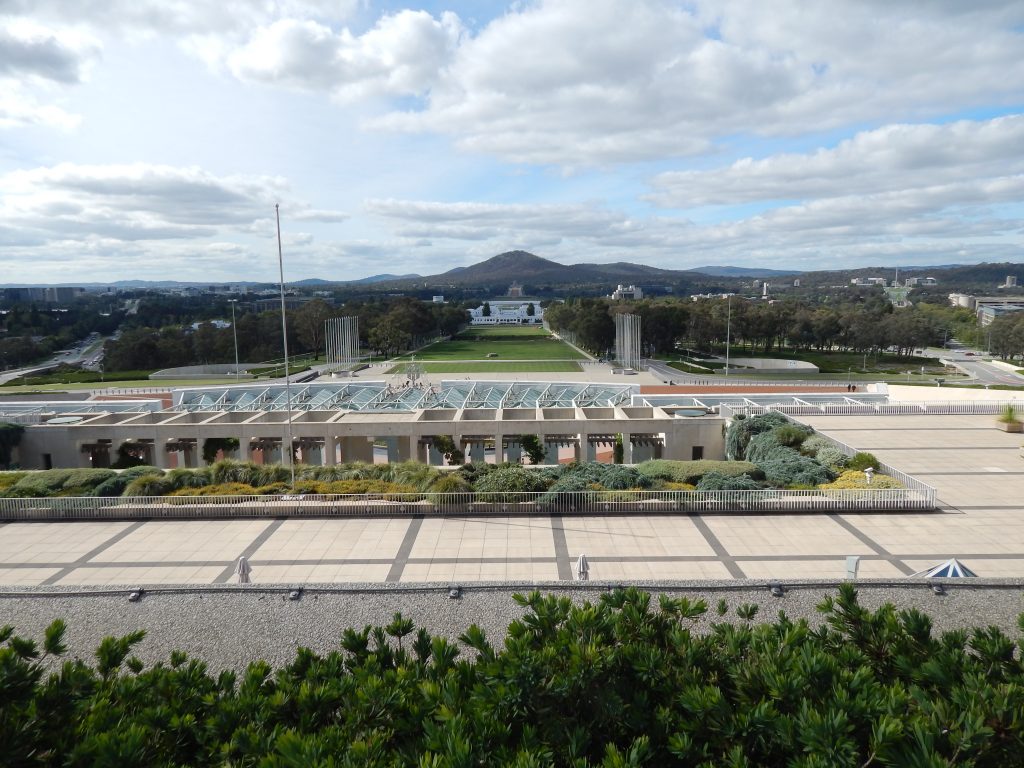

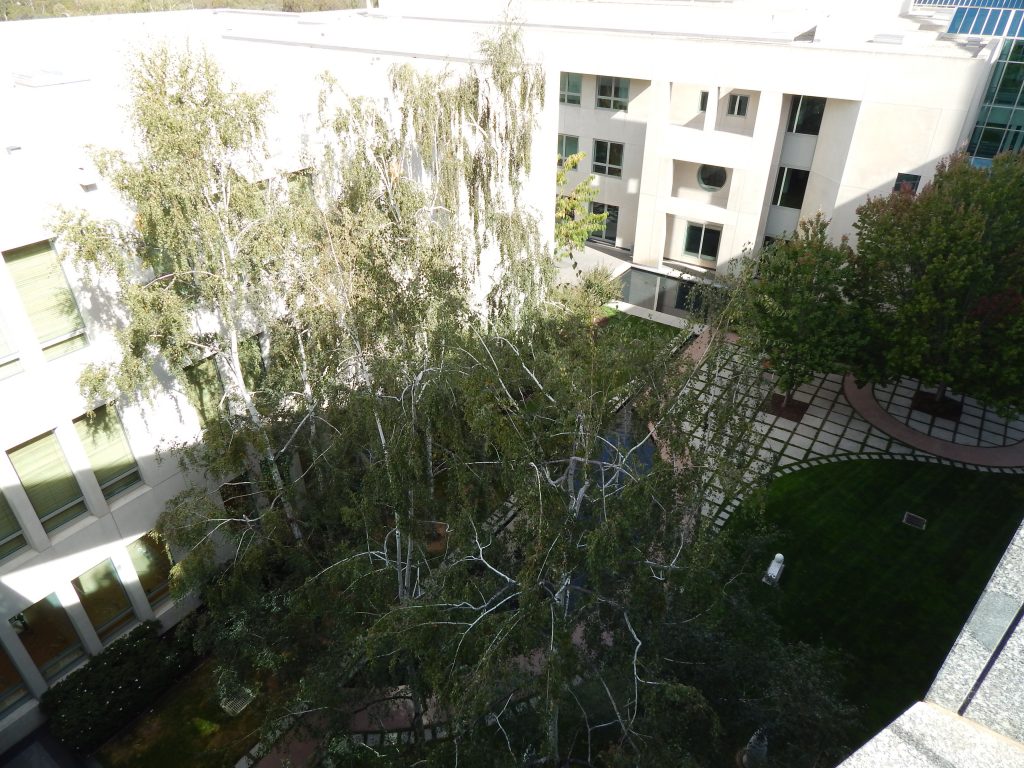


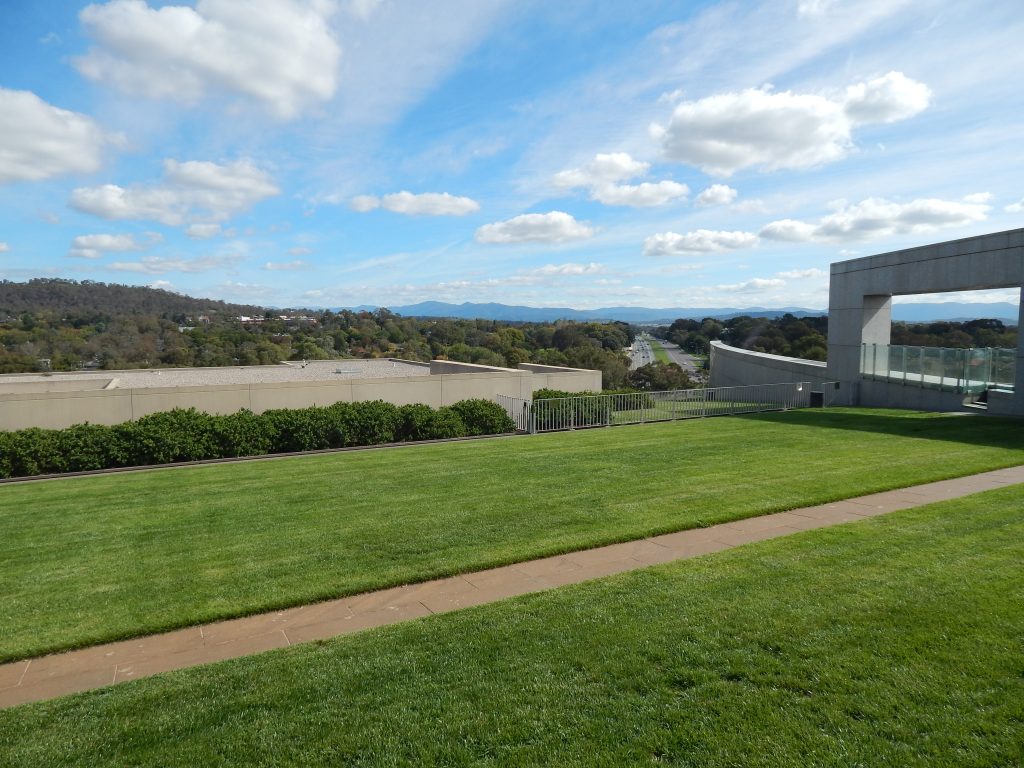
I captured images of both sides. On one side, I enjoyed a view of the highway, while on the other, I could see the Australian War Memorial building and the cityscape. Our tour guide had shared that there was an underground tunnel connecting the Parliament House to the memorial. Additionally, I spotted a substantial fountain in the city. Naturally, I had to photograph it for my friend in the Netherlands, who was a fountain enthusiast. He would never forgive me if he discovered I hadn’t taken a picture of it for him.
The National Library of Australia
Following the rooftop visit, I made my way to Canberra’s library, just a 5-minute drive away. This library held a special place, being the National Library of Australia—a grand and immense structure. Having visited numerous libraries during my travels, I must admit that this building wasn’t just beautiful; it was a true work of art.
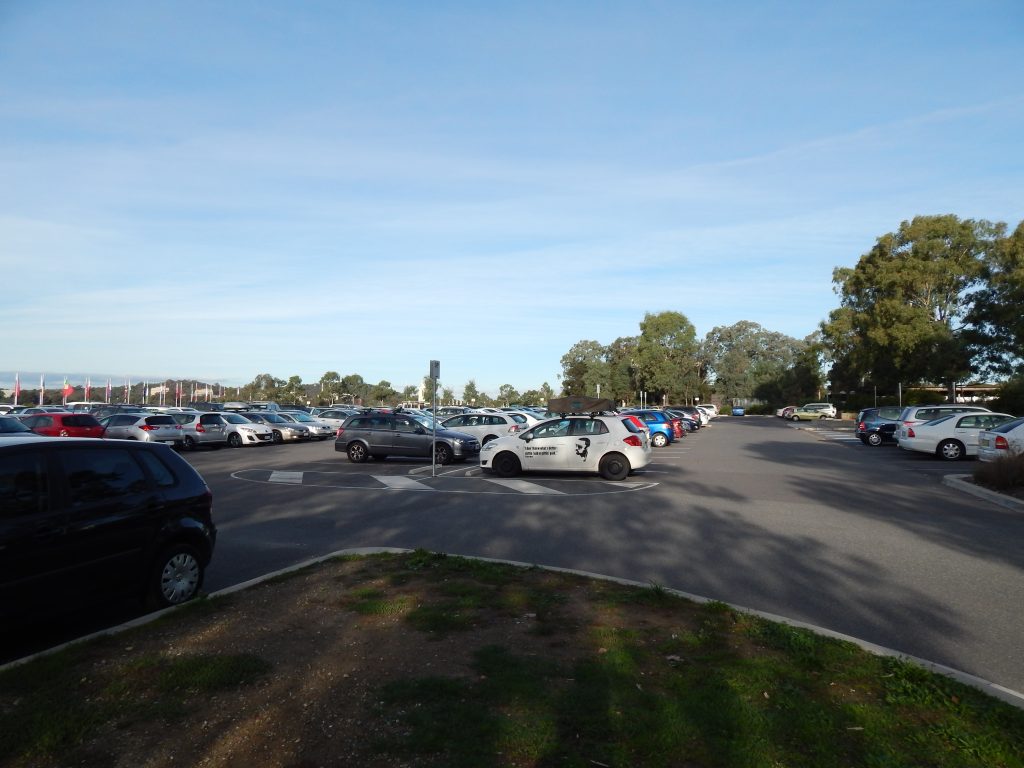

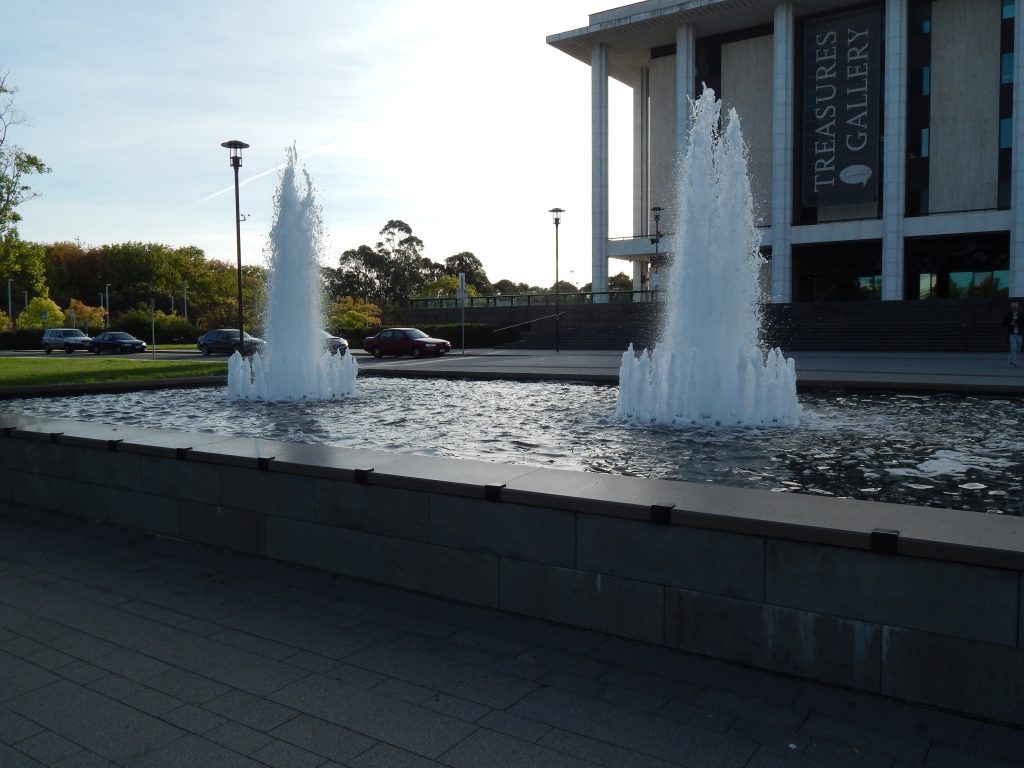
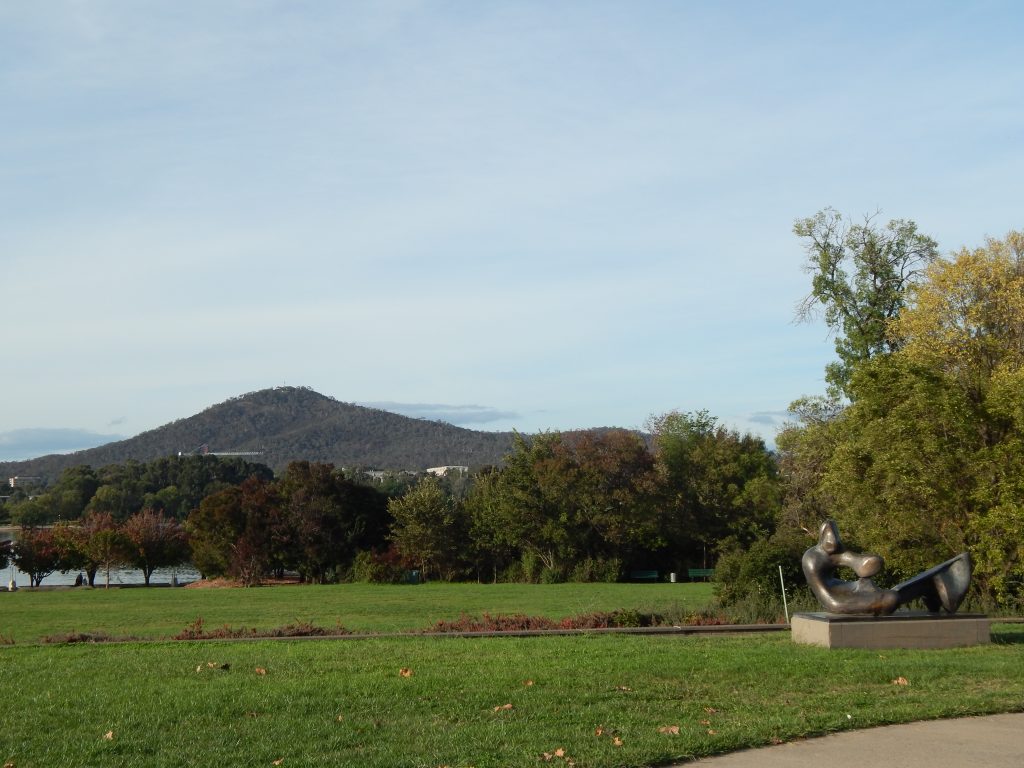
Upon entering, I brought along a coke and headed straight for the restrooms. Anticipating restrictions, I discreetly stowed the can of coke in my pocket. Australia tends to be quite strict about such things. Passing through the initial door, I reached the security desk, where I had to present my laptop bag. They affixed a tag to it and advised that should I wish to exit the Reading Room, I must return to have the tag removed. Leaving the Reading Room with the tag intact would trigger the alarm—an aspect of the seemingly stringent security policies in place.
My Covert Coke Operation
I took a seat in the library amidst numerous students. The abundance of vacant desks, each equipped with power outlets, delighted me. The ambiance was truly inspiring. “I wish I could study here and make this a daily routine,” I mused. Engrossed in my work, I spent a considerable amount of time there. Approximately two hours later, a security guard approached me—evidently, they had noticed my coke on the surveillance cameras.
The security guard informed me that only water was permitted inside and escorted me outside, attracting a few curious onlookers. In the vicinity of the Main Room, I finished the remaining coke in the can. The guard then took the empty can from me and departed. “It took them quite a while to notice that,” I pondered. Returning to my laptop, I resumed my writing, and after another 30 minutes, I exited the library.
Cooma
At 5 pm, I decided to refuel my car, and after driving around, I found a gas station in the suburbs of Canberra. Opting for a meal, I dined at Hungry Jack’s before departing the city, heading south once again. By 7 pm, I reached Cooma, a small village with a population of 8000. Surprisingly, the town boasted a McDonald’s, a Subway, a KFC, and numerous other restaurants and shops. Despite its modest population, the variety of dining options was impressive. My first stop was at Coles supermarket, where I picked up some ice and snacks. While consulting Wikicamps, I had identified a camping spot in the town, but upon arrival, I realized it was situated high up on a remote hill.
Opting not to stay at the remote hillside camping spot, I inquired about the cost of sleeping in my car within the caravan park. The gentleman informed me that an unpowered spot would be priced at $30, a figure I found too steep, prompting me to decline the offer. Instead, I made the decision to drive 15 kilometers north to a rest area adjacent to the highway, heading back in the direction of Canberra. Although this choice would add 30 kilometers to my fuel usage, I deemed it worthwhile. At the rest area, I indulged in several episodes of How I Met Your Mother, a show to which I had become genuinely addicted. Expressing gratitude to Daniel for providing me with the seasons, I eventually turned in for the night around 11 pm.
